Every modern business needs strong online visibility. For local companies, investing in search engine optimization is crucial to stand out in competitive markets. But determining what’s reasonable to spend often feels overwhelming, especially with varying pricing models and service tiers.
Costs depend on factors like campaign scope, industry competition, and desired outcomes. Some providers offer fixed packages, while others tailor strategies based on specific goals. Transparent discussions about pricing structures and deliverables help avoid surprises down the line.
Search engines prioritize websites that load quickly, provide value, and align with user intent. Optimizing these elements requires expertise, which influences overall expenses. A well-structured strategy balances technical adjustments, content quality, and long-term performance tracking.
Key Takeaways
- SEO expenses vary based on project complexity and business objectives.
- Transparent pricing models help businesses budget effectively.
- Search engine algorithms prioritize user experience and relevance.
- Tailored strategies often yield better results than generic solutions.
- Ongoing optimization ensures sustained visibility and growth.
Understanding SEO and Its Importance for Small Businesses
For businesses to thrive online, mastering search engine dynamics is non-negotiable. Search engine optimization (SEO) shapes how easily customers find your website through organic searches. It combines technical adjustments, keyword targeting, and value-driven content to improve rankings.
Defining SEO in Today’s Digital Landscape
SEO involves three core elements:
- Keyword research: Identifying phrases your audience searches for.
- On-page optimization: Aligning page titles, headers, and meta descriptions.
- Technical improvements: Ensuring fast load times and mobile-friendly design.
These steps work together to make your site more visible to search engines like Google.
The Role of SEO in Driving Organic Traffic
High-quality content attracts visitors naturally. For example, a bakery’s blog about “best birthday cake designs” could rank locally. Over time, consistent updates build authority, leading to higher traffic without paid ads.
Costs fluctuate based on agency expertise and project scope. Some charge fixed rates per month, while others customize pricing. Discuss goals upfront to align expectations.
The Current Landscape of SEO Pricing in the UK
Recent industry surveys highlight fascinating shifts in search-related service costs. A 2023 analysis by BrightLocal found that 58% of UK agencies now prioritize flexible pricing models over rigid packages. This reflects evolving customer demands for transparency and measurable results.
Quick Common Asked Question and Answer
How much is SEO UK and what should a small business expect to pay per month?
The answer to how much is SEO UK varies based on service level and provider. On average, the SEO price in UK ranges from £300 to £2,000+ per month. If you’re asking how much does SEO cost for small business UK per month, most pay between £500–£1,000 for basic to mid-level services. The typical SEO UK cost includes keyword research, content optimization, technical fixes, and reporting. Wondering how much should a local business pay for SEO in the UK? For local SEO, expect around £400–£800/month depending on competition and goals.
What the Data Tells Us
Key trends shaping today’s market include:
- Regional variations: London-based businesses pay 15-20% more than those in northern England.
- Project complexity: Technical overhauls cost 2-3x more than content-focused plans.
- Performance-based pricing: 42% of providers now tie fees to ranking improvements.
Search algorithm updates also play a role. For example, Google’s 2024 core update pushed agencies to invest more in AI tools, indirectly affecting service cost structures. However, most providers streamline this process through phased deliverables.
Clients’ prior experiences heavily influence expectations. Those burned by generic strategies often seek tailored audits upfront. As one Manchester-based marketer noted: “We shifted to monthly retainers after seeing how cookie-cutter plans underdelivered.”
While pricing remains fluid, industry benchmarks help businesses gauge fair rates. The key? Aligning budgets with search goals that drive real growth.
Q: What is the average seo monthly cost uk per month and how does seo average cost uk compare to other regions? A: The average seo monthly cost uk per month typically ranges from £500 to £3,000, depending on service scope and agency expertise. The seo average cost uk varies significantly based on business size, competition level, and geographic targeting. For the best seo cost uk value, expect to invest £750-£1,500 monthly for comprehensive services. When calculating how much does seo cost for small business uk per hour, rates typically range from £50-£150 per hour. Understanding how much does seo cost uk per month helps budget effectively – basic packages start around £300-£500, while comprehensive seo cost uk per month for competitive industries can reach £5,000+. Current uk seo prices reflect the market’s maturity and the importance of quality over cheap shortcuts.
What is the typical SEO cost UK per hour and how much does a UK SEO agency cost?
The seo cost uk per hour typically ranges from £50 to £200 depending on the agency’s expertise, location, and service level. When asking how much does a uk seo agency cost, monthly retainers usually start from £500 for small businesses and can exceed £5,000 for comprehensive campaigns. Freelance consultants often charge lower rates, while established agencies command premium prices. Understanding how much does seo cost uk per hour helps budget effectively – junior SEO specialists may charge £50-75 per hour, while senior consultants and agencies typically charge £100-200 per hour. Most UK agencies prefer monthly retainers over hourly billing, providing better value and consistent results for ongoing SEO work.
Determining how much time should a local business spend on seo typically ranges from 5-10 hours weekly for consistent results, while seo price uk 2022 data and best seo package prices uk help budget effectively, understanding how much should my company spend on seo depends on competition and goals, with search engine optimization cost uk per hour varying from £50-200, calculating average cost for seo monthly packages, researching how much does a local seo consultant cost in the uk? for specialized expertise, evaluating how much does seo cost for small business owners in the uk? based on specific needs, comparing overall seo cost in uk across agencies, and assessing seo price uk per hour for freelancers versus agencies to find the right investment level.
Q: How much should local seo cost in the uk and what are typical packages costs for seo uk? A: For businesses wondering how much should local seo cost in the uk, expect to pay £300-£800 monthly for effective local SEO services. The packages costs for seo uk vary widely: starter packages (£200-£500/month) include basic optimization, mid-tier packages (£500-£1,500/month) add content creation and link building, while premium packages (£1,500-£5,000+/month) provide comprehensive strategies. The search engine optimization cost uk per month depends on included services – technical audits, content creation, link building, and reporting all affect pricing. Understanding seo marketing cost uk helps set realistic expectations, with quality agencies charging £750-£2,000 monthly for results-driven campaigns. The seo package prices uk per month often include tiered options to suit different budgets and goals.
When looking to buy exclusive beats or buy exclusive beats online, finding the right buy exclusive options means exploring beats for rappers for sale on the best websites to buy beats online, understanding the difference between a basic license for beats and full ownership, discovering basic rap beats that match your style, using beats pad online tools to preview tracks, and even finding ways to buy upbeat instrumental cheap options that fit your budget while ensuring quality production value for your music projects.
Q: How much does seo cost for a small business per month and what determines seo cost small business pricing? A: When asking how much does seo cost for a small business per month, UK businesses typically spend £400-£1,200 monthly for effective SEO. Historical data from how much does seo cost for small business uk 2022 shows prices have increased 15-20% due to algorithm complexity and competition. For those wondering how much is seo for a small business, budget at least £500 monthly for meaningful results. The seo cost small business factors include: website size, competition level, target keywords, geographic scope, and service inclusions. Quality seo services uk prices reflect expertise levels – cheaper options often use outdated tactics that can harm rankings. Small businesses should prioritize agencies that offer transparent reporting, proven results, and strategies tailored to their specific industry and local market, ensuring ROI rather than just low prices.
how much does seo cost for small business uk
Understanding what to budget for search optimization starts with recognizing one truth: no two strategies are identical. Pricing reflects the unique needs of each company, whether it’s a neighborhood café or a regional retailer. Let’s break down what shapes these investments.
What are typical freelance SEO rates UK and how do pricing packages work?
Current freelance seo rates uk range from £50-200 per hour depending on experience, specialization, and project complexity. Most seo pricing packages uk offer monthly retainers from £500-5,000, including keyword research, on-page optimization, content creation, and reporting. For local seo prices uk, expect £300-1,500 monthly for targeting specific geographic areas with Google My Business optimization and local citations. General seo optimization costs vary widely based on competition level, website size, and desired outcomes. The average seo monthly cost uk per hour calculation typically works out to £75-125 when converting monthly retainers to hourly rates.
How much should a local business spend per month on SEO in the UK?
Determining how much should a local business spend per month on seo depends on market competition and business goals, but £500-2,000 monthly is typical for effective results. When considering how much to spend on local seo, factor in your industry’s competitiveness and target geography size. The price for seo optimization should align with potential ROI – most businesses see returns within 6-12 months. A professional seo audit price uk ranges from £500-2,500 for comprehensive technical analysis. The average price for seo services helps budget appropriately for sustained growth.
What are the costs for SEO services in different UK markets?
Understanding how much does local seo cost in the uk reveals regional variations, with London commanding 20-40% higher rates than other cities. When determining how much to charge for seo optimization, consider deliverables, timeline, and expected results. Quality seo for small business uk services start around £500 monthly for basic packages. Standard seo optimization prices reflect market demand and agency expertise levels. Comprehensive seo packages prices uk include various service tiers to accommodate different budgets and needs.
How do you calculate SEO investment and what factors affect pricing?
The average seo prices across the UK help establish baseline expectations for quality services. Understanding cost of seo management includes ongoing optimization, content creation, and performance monitoring. Niche queries like how much does seo for dive centres cost? depend on specific industry competition and target keywords. General search engine optimisation cost uk factors include website size, current rankings, and competitive landscape. An seo analysis cost typically represents 10-20% of total project budget. The seo link building cost varies based on quality and quantity of links needed. Historical data like seo package prices uk 2022 shows 15-25% annual price increases. Regional variations like seo pricing london reflect higher operational costs. Standard seo rates in uk provide benchmarking for fair pricing. The average price of seo and average seo costs help set realistic expectations. While closerscopy review 2022 relates to content tools, it impacts content marketing budgets. Understanding how much does it cost to do seo requires analyzing all components. Determining how much is seo for a medium business typically ranges £2,000-10,000 monthly. Advising how much should a small business spend on seo involves balancing budget with growth goals. The question how much should i budget for seo depends on business size, goals, and timeline. Deciding how much to spend on seo requires understanding potential returns. Both search engine optimisation costs and search engine optimization costs reflect similar investments. Monthly seo cost per month uk provides predictable budgeting. Regional differences like seo pricing manchester show 20-30% lower rates than London, making location a significant factor in SEO investment decisions.
Most providers structure plans around three tiers:
- Basic packages: Focused on foundational fixes like meta tags and mobile optimization
- Mid-level plans: Combines technical adjustments with monthly content updates
- Enterprise solutions: Custom strategies with advanced analytics and competitor targeting
Monthly retainers remain popular, averaging £500-£2,500 across the UK. As one Birmingham-based agency explains: “We adjust rates based on campaign complexity – a plumber needs less content than an e-commerce store.”
Key factors affecting your quote include:
- Website size and current performance gaps
- Local competition intensity
- Reporting frequency and strategy adjustments
Transparency matters when evaluating providers. Ask about included services versus add-ons. Some agencies bundle social media management, while others focus purely on technical improvements. Always request case studies showing tangible results like traffic growth or conversion lifts.
Remember: sustainable optimization requires ongoing work. Quick fixes rarely deliver lasting results. Partnering with the right team ensures your budget aligns with measurable milestones rather than vague promises.
Understanding the cost of seo uk varies significantly based on your business needs and goals. When evaluating seo costs for small business, it’s important to consider that seo package prices uk typically range from basic audits to comprehensive monthly campaigns. The reality is that small business seo costs depend on factors like competition level, target keywords, and desired results. Current seo charges in uk reflect the complexity of modern search engine optimization, with seo prices uk varying from affordable starter packages to premium enterprise solutions.
The seo uk prices landscape offers options for every budget, though quality and results often correlate with investment level. Many businesses wonder how much does seo cost in the uk, and the answer depends on whether you’re seeking local visibility or national dominance. Understanding how much does an seo agency charge uk helps set realistic expectations for your marketing budget. The average seo monthly cost uk typically includes keyword research, content optimization, link building, and performance reporting, with prices reflecting the depth and breadth of services provided.
What are typical London SEO prices and how much do SEO services cost in the UK?
Understanding london seo prices is essential for businesses planning their digital marketing budgets in the UK market. The seo prices london vary significantly based on agency expertise, service scope, and business requirements. Typically, london seo prices range from £500 to £5,000+ per month for ongoing services, with premium agencies charging even more for comprehensive campaigns. When considering seo audit cost uk, businesses can expect to pay between £500 to £3,000 for a thorough technical and strategic analysis of their website. These audits provide valuable insights into current performance and improvement opportunities. For smaller businesses, seo packages for small business uk offer more affordable options, usually ranging from £300 to £1,500 monthly, including essential services like keyword research, on-page optimization, and basic link building. The variation in seo prices london reflects differences in service quality, agency overhead costs, and the competitive nature of the London market. Factors affecting london seo prices include industry competitiveness, website size, current rankings, and desired outcomes. Many agencies offer tiered seo packages for small business uk to accommodate different budgets and goals. The seo audit cost uk often represents a one-time investment that helps identify priorities before committing to ongoing services. When evaluating seo prices london, businesses should consider the potential return on investment, as quality SEO services typically deliver long-term value through increased organic traffic and conversions. It’s important to compare multiple providers and understand exactly what’s included in their packages before making a decision.
UK businesses frequently research seo prices uk to understand the investment required for improving their online visibility and search engine rankings. Understanding seo pricing uk and seo price uk helps companies budget effectively for their digital marketing strategies.
Many companies investigate seo costs uk and seo cost uk when planning their marketing budgets and comparing different service providers. Regional variations like seo uk prices and seo uk cost reflect the competitive landscape across different UK markets.
Budget planning often involves asking how much does seo cost uk and exploring freelance seo rates uk for businesses considering independent contractors versus agencies. Small businesses specifically research how much does seo cost for small business uk to understand affordable options that fit their limited marketing budgets.
Understanding the average cost of seo for small business helps companies benchmark their spending against industry standards. Detailed pricing research includes seo package prices uk and analyzing seo costs across different service tiers and commitment levels.
Metropolitan markets like london seo prices often command premium rates due to higher competition and cost of living. Questions about how much does seo cost for a small business and search engine optimization cost uk help businesses understand the range of available options.
Monthly budgeting considerations include how much does seo cost for small business and average seo monthly cost uk for ongoing service commitments. Understanding seo costs for small business and cost of seo for small business helps companies plan sustainable marketing investments.
Specific budget planning involves seo cost for small business calculations and researching seo pricing packages uk for comprehensive service bundles. Questions like how much does an seo agency cost uk and seo price in uk help businesses evaluate different provider options.
Regional considerations include seo prices london and seo monthly cost uk for location-specific pricing variations. Understanding seo services uk prices and how much does seo cost in the uk provides comprehensive market insights.
Budget allocation questions include small business seo costs and how much does seo cost for small business uk considerations for annual planning. Historical pricing research like seo charges in uk and uk seo prices helps track market trends.
Granular pricing includes seo cost small business calculations and seo rates in uk for different service levels. Specific timeframe questions like how much does seo cost for small business uk per month help with detailed budget planning.
Understanding seo optimization costs and how much time should a local business spend on seo helps companies allocate resources effectively. Questions about how much does a uk seo agency cost and hourly rates like how much does seo cost for small business uk per hour provide detailed pricing insights.
Comprehensive budgeting includes average seo monthly cost uk per month and best seo cost uk for premium service options. Questions like how much is seo uk and how much should a local business pay for seo in the uk help establish realistic expectations.
Basic cost research includes small business seo cost and packages costs for seo uk for different service combinations. Understanding seo average cost uk and general seo cost helps establish baseline pricing knowledge.
Agency pricing questions include how much does an seo agency charge uk and monthly costs like how much does seo cost uk per month. Specialized pricing like how much does seo for dive centres cost addresses niche market requirements.
Budget planning involves how much should a local business spend per month on seo and seo cost uk per month for ongoing commitments. Detailed pricing includes average seo monthly cost uk per hour and how much should local seo cost in the uk for location-specific services.
Additional resources include closerscopy review and local seo prices uk for specialized service pricing. Understanding seo marketing cost uk and seo+pricing+uk helps companies evaluate different pricing structures.
Budget allocation questions include how much should my company spend on seo and how much to spend on local seo for targeted marketing efforts. Analysis costs like seo analysis cost and seo packages for small business uk help understand comprehensive service pricing.
Specific cost categories include cost of seo uk and how much does seo cost for a small business per month for detailed planning. Business size considerations like how much is seo for a medium business and how much to charge for seo optimization help understand scaling costs.
Service-specific pricing includes price for seo optimization and search engine optimization cost uk per month for targeted services. Audit pricing like seo audit cost uk and seo audit price uk helps understand assessment costs.
Regional and timeframe pricing includes seo cost in uk, seo cost per month uk, and seo cost uk per hour for different billing structures. Package pricing like seo packages prices uk helps understand bundled service costs.
Market research includes average price for seo and how much does local seo cost in the uk for competitive analysis. Hourly pricing like how much does seo cost uk per hour and search engine optimisation cost uk helps understand different billing models.
Service pricing includes seo optimization prices and historical data like seo package prices uk for trend analysis. Location-specific pricing like seo pricing london and seo+costs+uk helps understand regional variations.
Market standards include typical seo cost and average seo prices for industry benchmarking. Specialized costs like how much does seo cost for small business owners in the uk and search engine optimisation costs help understand specific market segments.
Targeted services include seo for small business uk and seo link building cost for specific service components. Package pricing like seo package prices uk per month and historical data like seo price uk help track pricing trends.
General market research includes seo+cost+uk and average price of seo for overall market understanding. Premium pricing like best seo package prices uk and cost of seo management helps understand high-end service costs.
Detailed pricing includes search engine optimization cost uk per hour and average cost for seo for comprehensive market analysis. Understanding average seo costs and cost of seo helps establish baseline pricing knowledge.
Service costs include cost of seo services uk and costs for seo for different provider types. Consultant pricing like how much does a local seo consultant cost in the uk and general questions like how much does it cost to do seo help understand freelance versus agency pricing.
Budget planning includes how much does seo cost in per month and how much is seo for a small business for specific business size considerations. Strategic questions like how much should a small business spend on seo and how much should i budget for seo help with comprehensive planning.
Investment planning includes how much to spend on seo and how to find out how much to spend on seo based on industry and size of company for strategic budgeting. General costs like search engine optimization costs and seo charges help understand baseline pricing.
Package pricing includes seo packages pricing uk and hourly rates like seo price uk per hour for different billing structures. Regional pricing like seo pricing manchester and additional resources through site:backlinkmanagement.io provide comprehensive market insights.
Finally, understanding small business seo services pricing helps companies evaluate service options that align with their specific needs and budget constraints.
Key Factors That Drive SEO Costs
Search optimization investments aren’t one-size-fits-all. Multiple variables shape pricing, from technical challenges to market competition. Let’s explore what makes some strategies pricier than others.
Complexity and Time Investment
Technical issues like broken links or slow page speeds demand specialized fixes. For example, restructuring a website’s backend to improve search engine crawling can take weeks. The more layers a project has, the higher the labor hours – and expenses. Discover how local visibility can be improved through our guide to SEO best practices tailored for funeral homes.
Deep technical audits often uncover hidden problems. Fixing these requires experience with coding, server configurations, and analytics tools. Agencies charge more for this expertise because it directly impacts long-term performance.
Expertise, Tools, and Competitive Environment
Advanced strategies rely on premium software for keyword tracking and competitor analysis. These SEO tools have subscription fees, which agencies factor into pricing. Teams with proven results also command higher rates due to their track record. Exploring proven SEO strategies for multifamily properties can help community managers improve local search rankings and attract quality leads.
Local competition plays a role too. Ranking in crowded markets like Los Angeles or New York requires aggressive tactics. As one marketer noted: “We allocate 30% more budget for industries with fierce online rivalries.”
Ultimately, transparent communication about goals and constraints helps balance costs with outcomes. Prioritize partners who explain their process clearly and align efforts with your growth targets.
Different Pricing Models for SEO Services
Choosing the right SEO pricing model feels like picking the perfect tool for a job. Each option offers distinct advantages tailored to different business needs and budgets. Whether you prioritize predictable expenses or flexible scaling, understanding these frameworks helps align spending with growth goals.
Quick Common Asked Question and Answer
How much does SEO cost UK and what should small businesses expect to pay?
How much does SEO cost UK depends on the scope of work and the provider. On average, SEO costs UK range from £300 to £2,000+ per month. The average cost of SEO for small business typically falls between £500–£1,000 monthly. If you’re considering long-term visibility, understanding the full search engine optimization cost UK is key to budgeting for strategy, content, and technical improvements.
Monthly Retainers and Blended Rates
Monthly retainers provide stability for ongoing campaigns. Agencies typically charge a fixed fee covering technical audits, content updates, and performance reports. This model suits businesses seeking steady organic traffic growth without surprise costs.
Blended models combine fixed and variable elements. For example, an agency might offer a base retainer with add-ons like competitor analysis or premium tools. This balances budget predictability with customization. “Retainers let us plan long-term strategies while adapting to algorithm changes,” shares a digital strategist.
Quick Common Asked Question and Answer
What is the SEO price UK and how much does an SEO agency cost UK?
The SEO price UK varies widely based on scope and provider, typically ranging from £300 to £2,000+ per month. SEO pricing UK depends on whether you’re hiring a freelancer, in-house team, or full-service agency. If you’re asking how much does an SEO agency cost UK, most charge £500–£1,500/month for small to mid-sized businesses. For those wondering how much does SEO cost for a small business, expect to invest around £500/month for foundational services like keyword research, on-page optimization, and basic link building.
Hourly and Project-Based Models
Hourly pricing works well for targeted fixes. Need a site speed boost or meta tag overhaul? Pay only for the hours spent. Project-based models set clear timelines and deliverables, perfect for one-time audits or migrations.
Consider these factors when evaluating options:
- Transparency: Does the agency clarify what’s included?
- Flexibility: Can you adjust services as goals evolve?
- Track record: Do case studies show measurable progress?
Reputable agencies often justify higher rates with proven results. A well-structured pricing plan becomes an investment, not just an expense. Match your choice to both immediate needs and long-term vision.
Agency, Consultant, and Freelancer: What’s the Difference?
Finding the right SEO partner depends on your budget, goals, and preferred working style. Each option brings unique strengths to the table. Let’s explore how their approaches and pricing differ.
Understanding seo+pricing+uk and seo+cost+uk varies significantly based on agency expertise and service scope, with the cost of seo services uk typically ranging from £500-5000+ monthly depending on competition and goals.
Calculating how much does seo cost in 2023 per month requires learning how to find out how much to spend on seo based on industry and size of company, as competitive sectors demand higher investment. Reviewing seo packages pricing uk shows tiered options for different business needs.
Exploring site:backlinkmanagement.io provides automated link building pricing alternatives, while small business seo services pricing typically starts at £300-1000 monthly for basic optimization, local SEO, and content creation, making professional SEO accessible for UK businesses of all sizes.
Cost Structures and Service Variations
Agencies often have larger teams and structured packages. They handle everything from technical audits to content creation. While costs are higher, you gain access to diverse expertise. “Agencies shine for businesses needing full-service support,” notes a London-based marketer.
Independent consultants offer specialized strategies tailored to specific needs. Their fees vary depending on project scope but typically fall below agency rates. This model works well for companies wanting strategic guidance without long-term commitments.
Freelancers provide flexible solutions for targeted tasks like keyword research or meta tag updates. Their work terms adapt quickly to shifting priorities. However, complex projects may require coordinating multiple specialists.
| Partner Type | Average Cost (Monthly) | Best For | Scope of Work |
|---|---|---|---|
| Agency | $1,500-$5,000+ | Comprehensive campaigns | Technical SEO, content, analytics |
| Consultant | $800-$3,000 | Strategy development | Audits, planning, training |
| Freelancer | $300-$1,500 | Single-task projects | Keyword research, on-page tweaks |
Your business needs determine which partner fits best. Agencies deliver breadth, consultants provide depth, and freelancers offer agility. Discuss expectations upfront to ensure their way of working aligns with your vision.
Insights from UK SEO Cost Studies
Recent surveys shed light on what businesses actually pay to improve their online visibility. A 2024 analysis by SearchEngineLand found that companies investing in high-quality content saw 35% faster ranking improvements. By combining data from 1,200 UK websites, researchers uncovered clear connections between strategic spending and measurable outcomes.
Interpreting Survey Data and Median Rates
Median monthly budgets range from £750 to £3,000, depending on goals. For example, local service providers often focus on website speed and mobile optimization first. These foundational fixes typically cost 20-30% less than full-scale overhauls but yield quick traffic boosts.
Studies highlight three consistent patterns:
- Sites publishing fresh content weekly rank 50% higher in search engines than those updating monthly.
- Businesses in competitive niches spend 40% more on technical adjustments than others.
- Agencies with proven track records charge 15-25% premiums compared to newcomers.
“Clients who align budgets with specific KPIs, like organic traffic growth, see better ROI,” explains a Brighton-based analytics firm.
Regional differences also play a role. London-based enterprises pay 18% more than those in Manchester for similar services. However, partnering with the right company often balances costs through tailored strategies rather than rigid packages. Learn how to align your smart contract content with Google’s ranking criteria by reading our definitive post on blockchain‑focused SEO methodologies.
Defining Your SEO Needs and Business Goals
Clarifying your digital priorities transforms vague ideas into actionable strategies. Before diving into tactics, evaluate your website’s current strengths and gaps. This ensures every dollar spent aligns with what your company truly needs to grow.
Assessing Website Health and Content Requirements
Start with a technical audit. Check loading speeds, mobile responsiveness, and crawl errors. Tools like Google Search Console highlight issues hurting your website’s performance.
Next, review your content inventory. Ask:
- Do pages answer common customer questions?
- Are headlines optimized for search intent?
- Does imagery have descriptive alt text?
Compare your content depth with competitors’—especially businesses ranking higher. Gaps reveal opportunities to create more valuable resources.
Aligning SEO Strategies with Business Objectives
A local bakery might prioritize foot traffic, while a B2B service focuses on lead generation. Tailor your SEO approach to match these business objectives.
Consider short-term wins versus sustained growth. Quick fixes like meta tag updates boost visibility fast. But building domain authority through quality backlinks supports long-term business vision.
“Map every SEO task to a specific outcome—whether it’s phone calls, form submissions, or newsletter sign-ups,” advises a Chicago-based digital marketer.
Regularly revisit goals as markets shift. What worked last quarter might need tweaking now. Stay agile to keep your website aligned with evolving priorities.
Components of a Comprehensive SEO Package
Building a robust online footprint requires more than just basic keyword adjustments. A full-service strategy blends technical precision, content refinement, and strategic outreach. These elements work together to deliver lasting visibility and engagement.
Technical SEO, On-Page Optimisation, and Off-Site Strategies
Technical SEO forms the backbone of your website’s performance. Fixing crawl errors, improving site speed, and ensuring mobile responsiveness create a strong foundation. Search engines reward these optimizations with better rankings.
On-page adjustments focus on aligning content with user intent. This includes optimizing headlines, meta descriptions, and internal linking structures. Clear, valuable content keeps visitors engaged longer.
Off-site tactics like reputable backlinks and local directory listings build authority. As one agency director notes: “Quality links act as trust signals, telling search engines your site deserves attention.”
Additional Services and Value-Added Inclusions
Many providers enhance packages with extras like monthly performance reports or competitor analysis. These services help track progress and refine strategies over time. For example, detailed analytics reveal which pages drive the most conversions.
Popular add-ons include:
- Local citation building for brick-and-mortar businesses
- Content audits to identify gaps or outdated material
- Ongoing technical support for plugin updates
Effective engine optimisation doesn’t stop at launch. Regular tweaks based on data ensure campaigns adapt to algorithm changes and customer behavior shifts. The right mix of core and bonus features turns static websites into growth engines.
Budgeting Tips for Affordable SEO Solutions
Smart budgeting transforms search optimization from an expense into a growth engine. Strategic planning helps balance immediate needs with future goals, ensuring every dollar drives measurable results. Let’s explore how to maximize value without compromising quality.
Setting Realistic Monthly Budgets
Start by assessing your website’s current health. A technical audit reveals urgent fixes versus nice-to-have upgrades. Most businesses allocate $500-$1,500 monthly for foundational work like speed optimization and keyword research.
Discuss pricing structures openly with your agency. Some include content creation in standard packages, while others charge extra. Prioritize services addressing your weakest areas first—like fixing broken links before pursuing backlinks.
Planning for Long-term SEO Investment
View search optimization as a marathon, not a sprint. Tools like Google Analytics help track progress over time, showing how organic traffic boosts conversions. Allocate 20-30% of your budget for ongoing adjustments as algorithms evolve.
“Quarterly strategy reviews keep campaigns aligned with shifting priorities,” notes a Dallas-based marketer. Pair essential SEO tools with periodic content refreshes to maintain momentum. This approach builds lasting relationships with customers while scaling your visibility.
Remember: the right project scope adapts as your company grows. Start small, prove ROI, then expand efforts strategically. Consistent effort today lays the groundwork for tomorrow’s success.
Conclusion
Navigating SEO costs requires balancing expertise with clear goals. Quality services from a trusted agency deliver measurable results when paired with a tailored SEO strategy. Technical SEO forms the foundation, ensuring websites meet search engine standards while enhancing customer experience.
Progress unfolds through consistent efforts—like optimizing content and refining site performance. Partnering with experienced professionals helps align budgets with priorities, avoiding quick fixes that fade quickly.
View SEO as a long-term collaboration. Track improvements through organic traffic growth and conversion lifts. With patience and the right team, your investment becomes a catalyst for sustained online success.


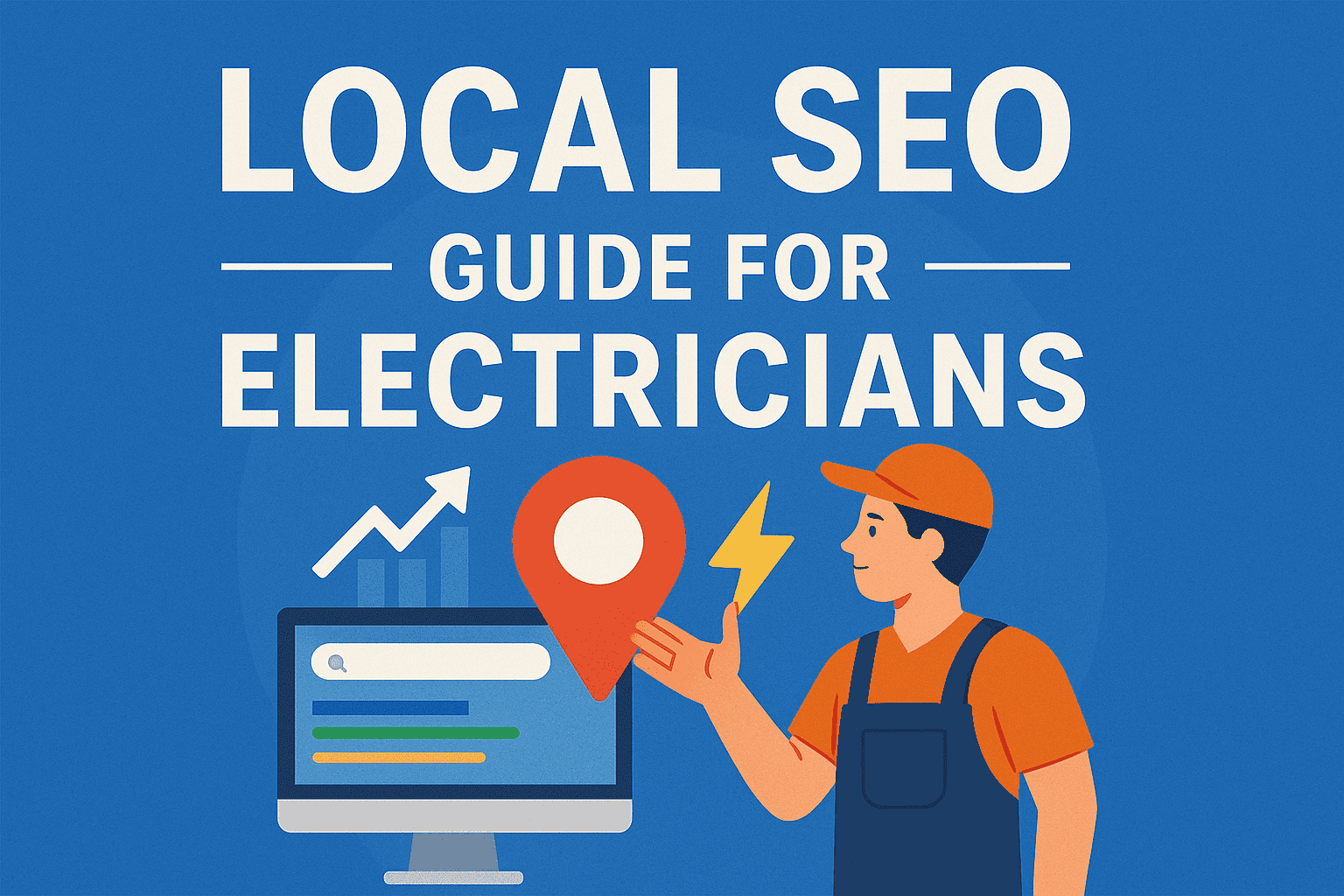
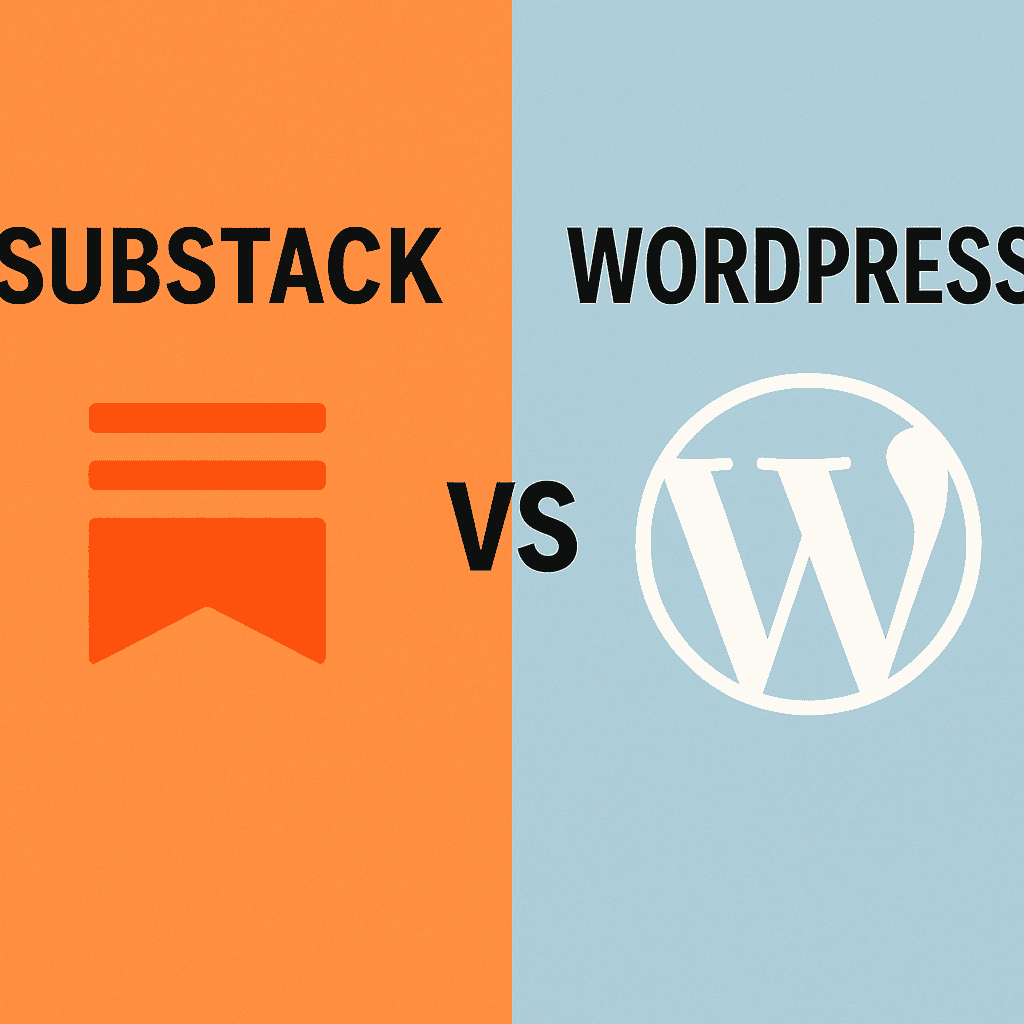

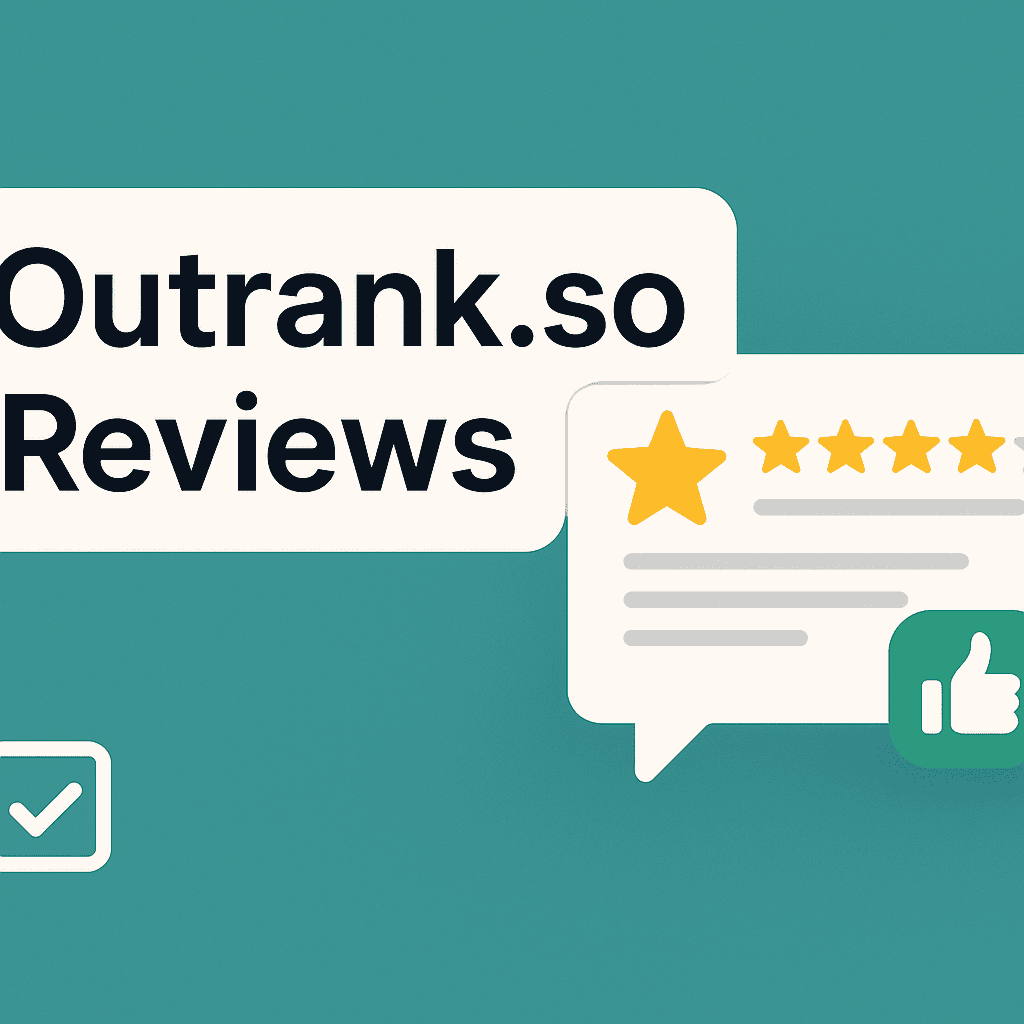





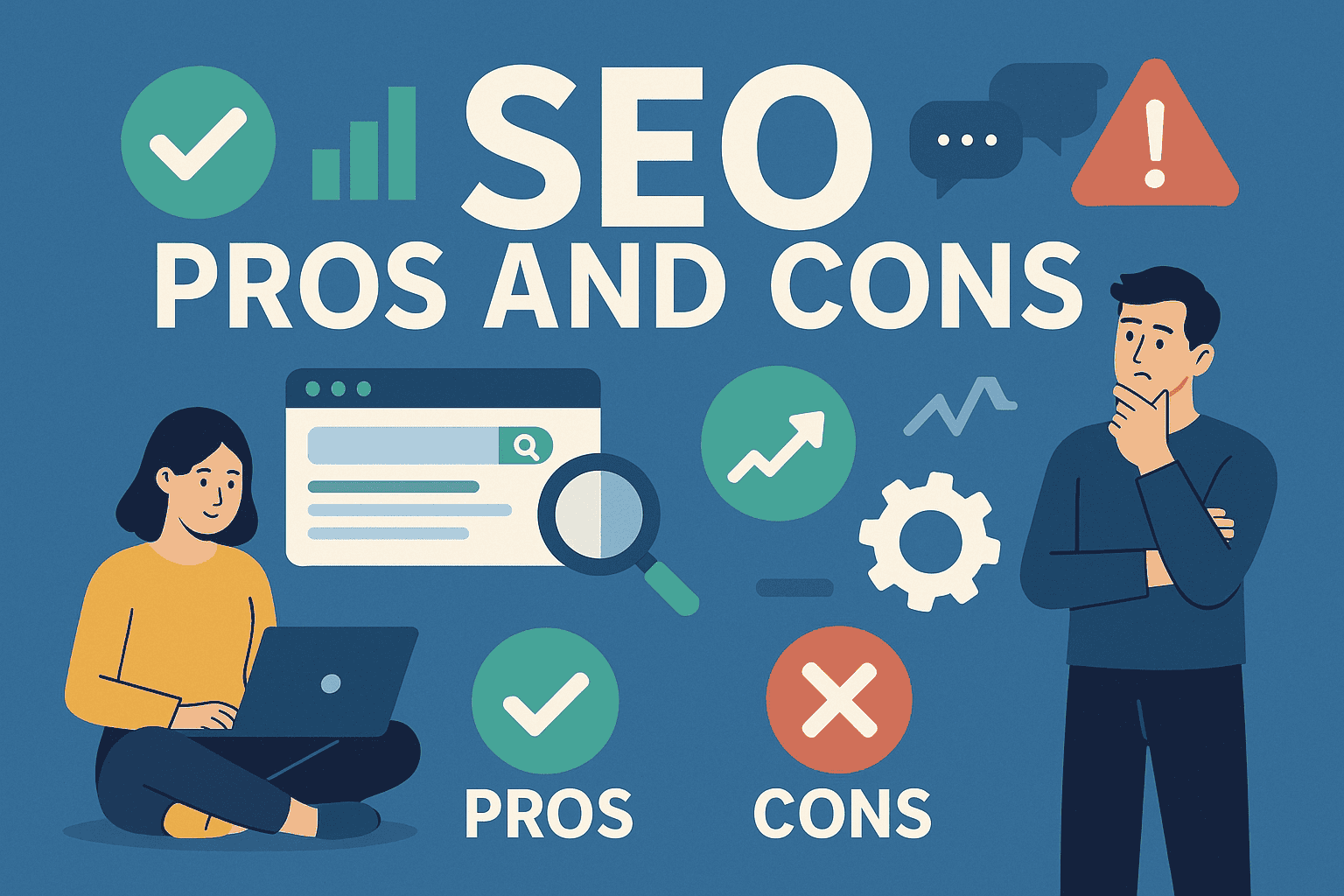



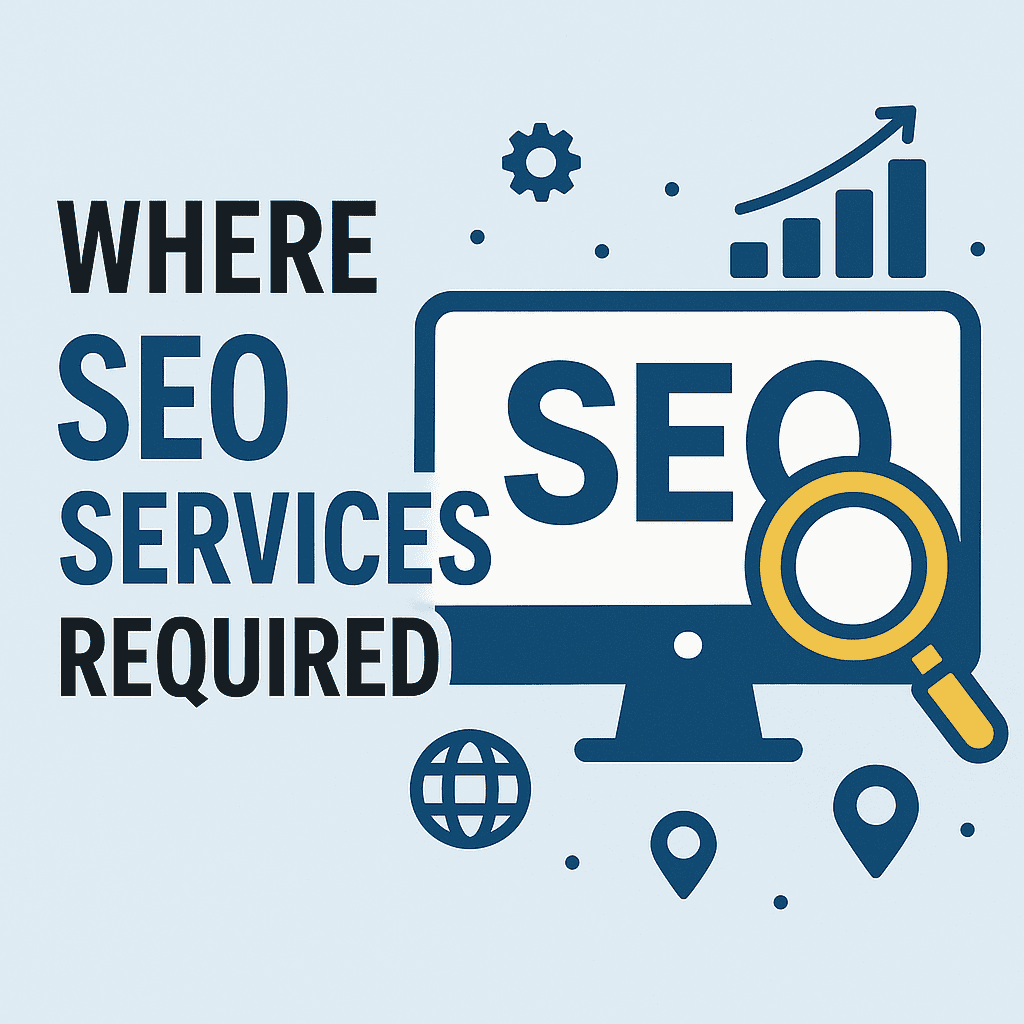
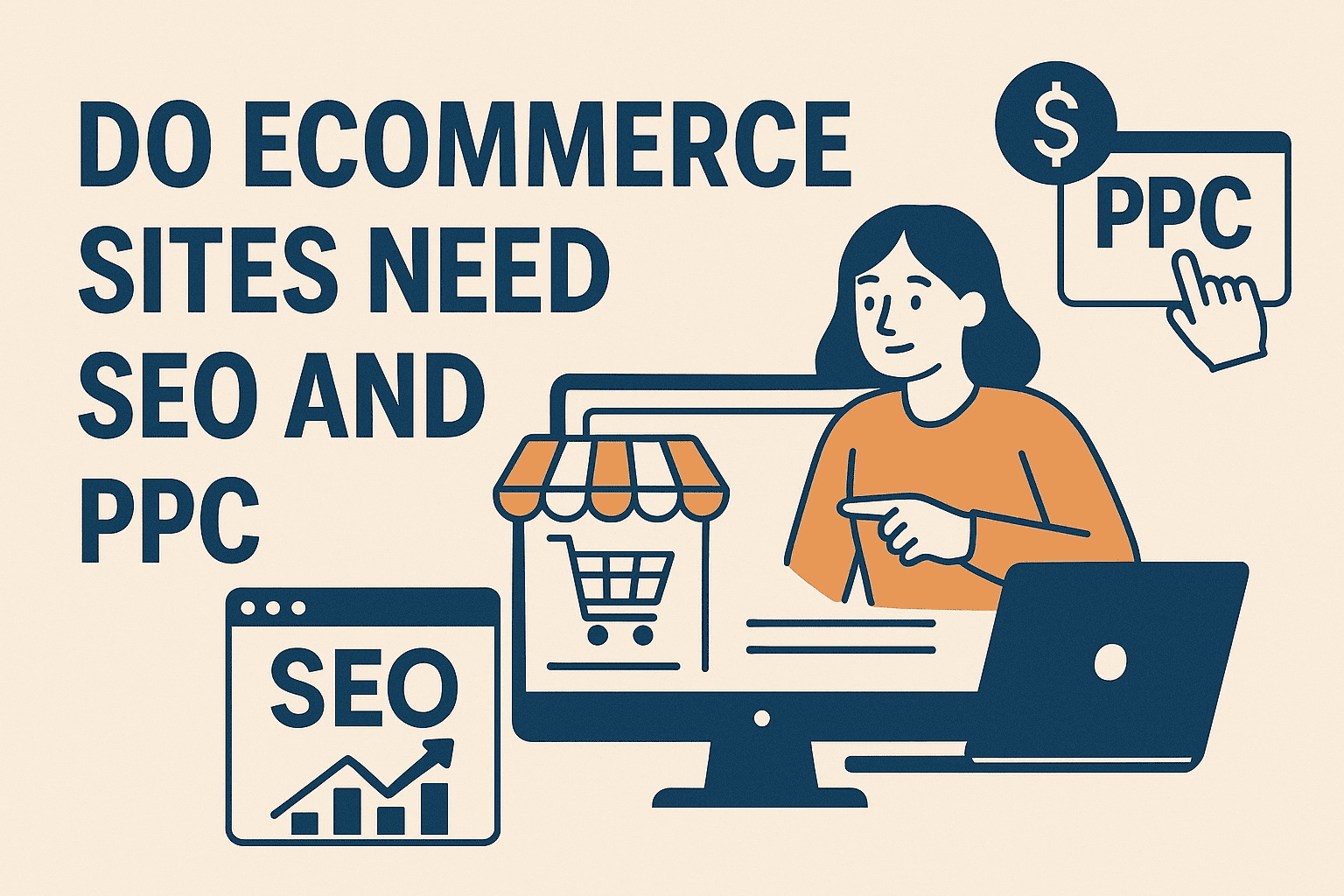
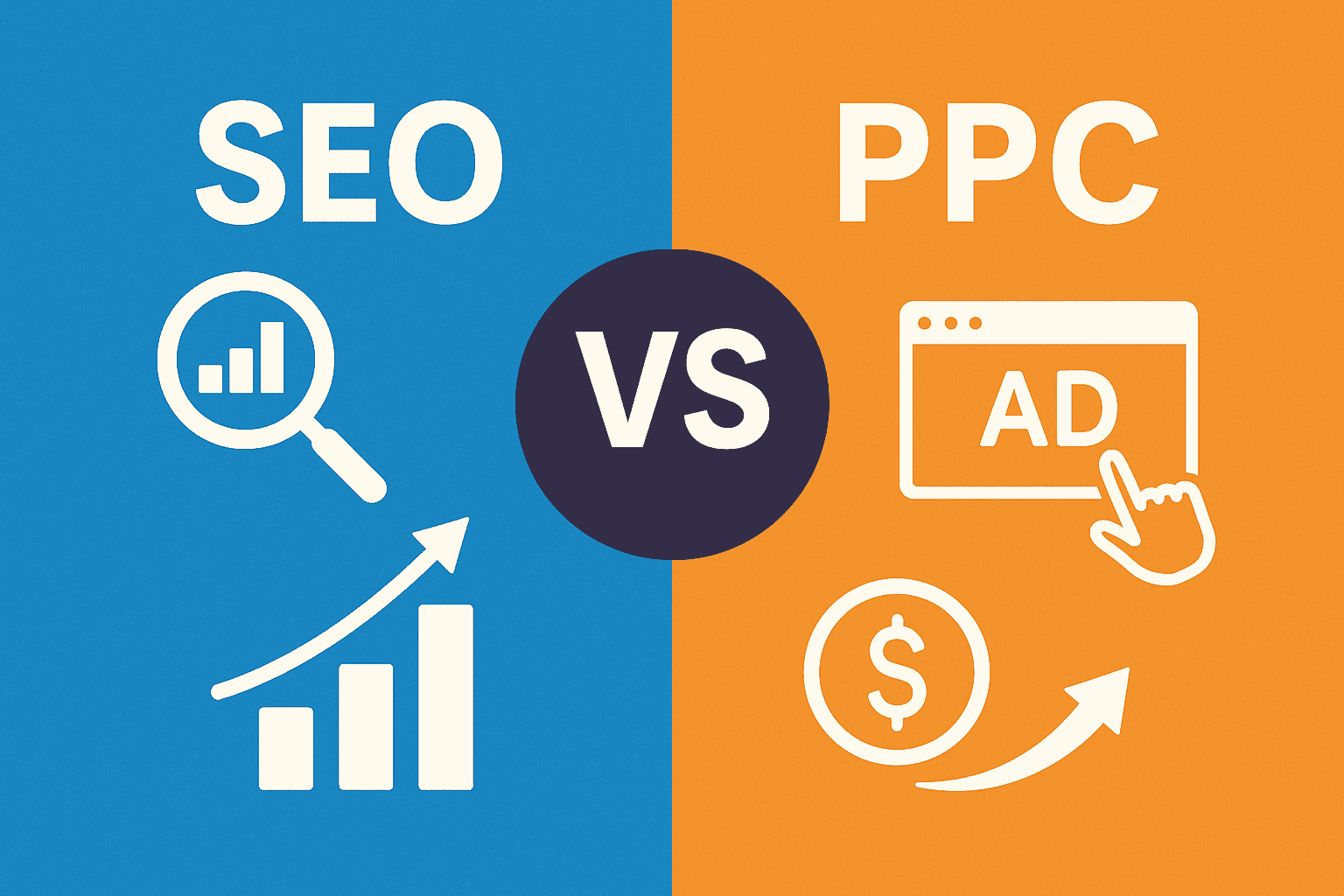

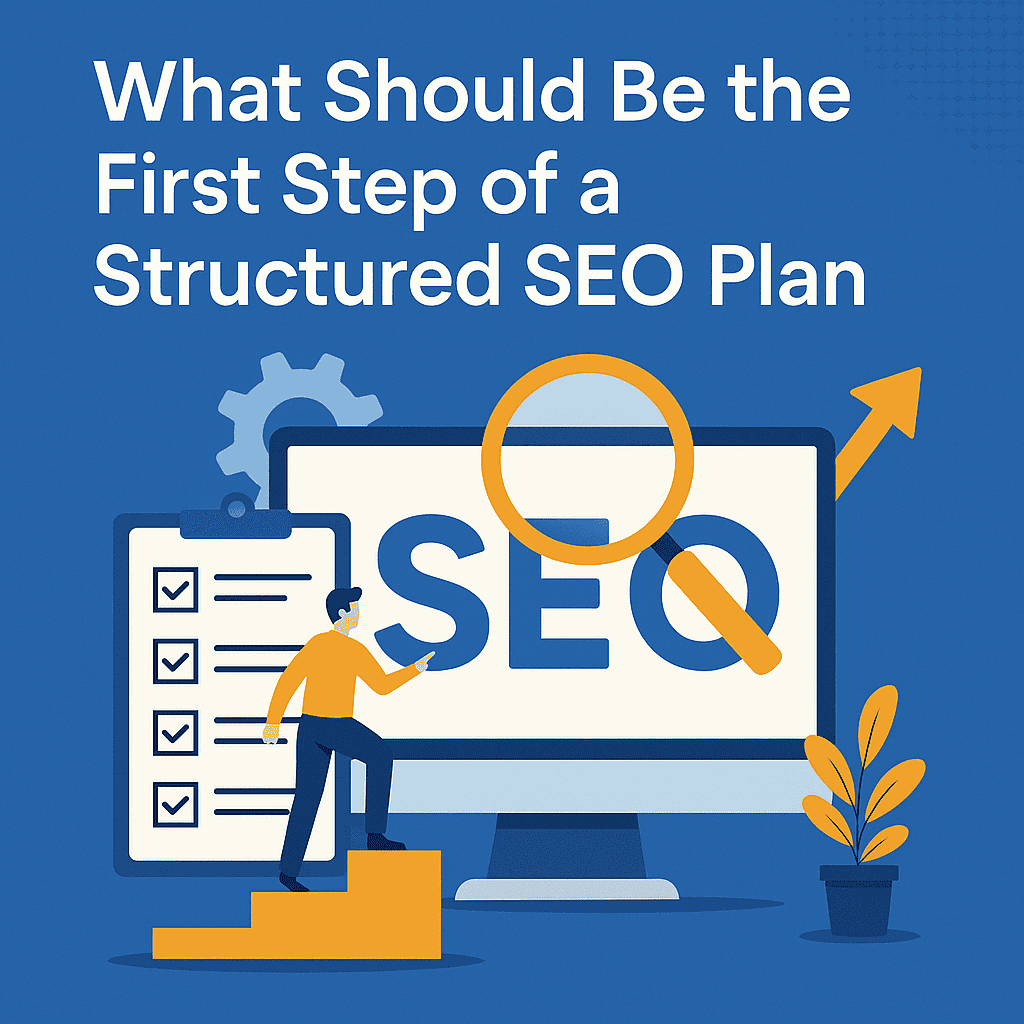
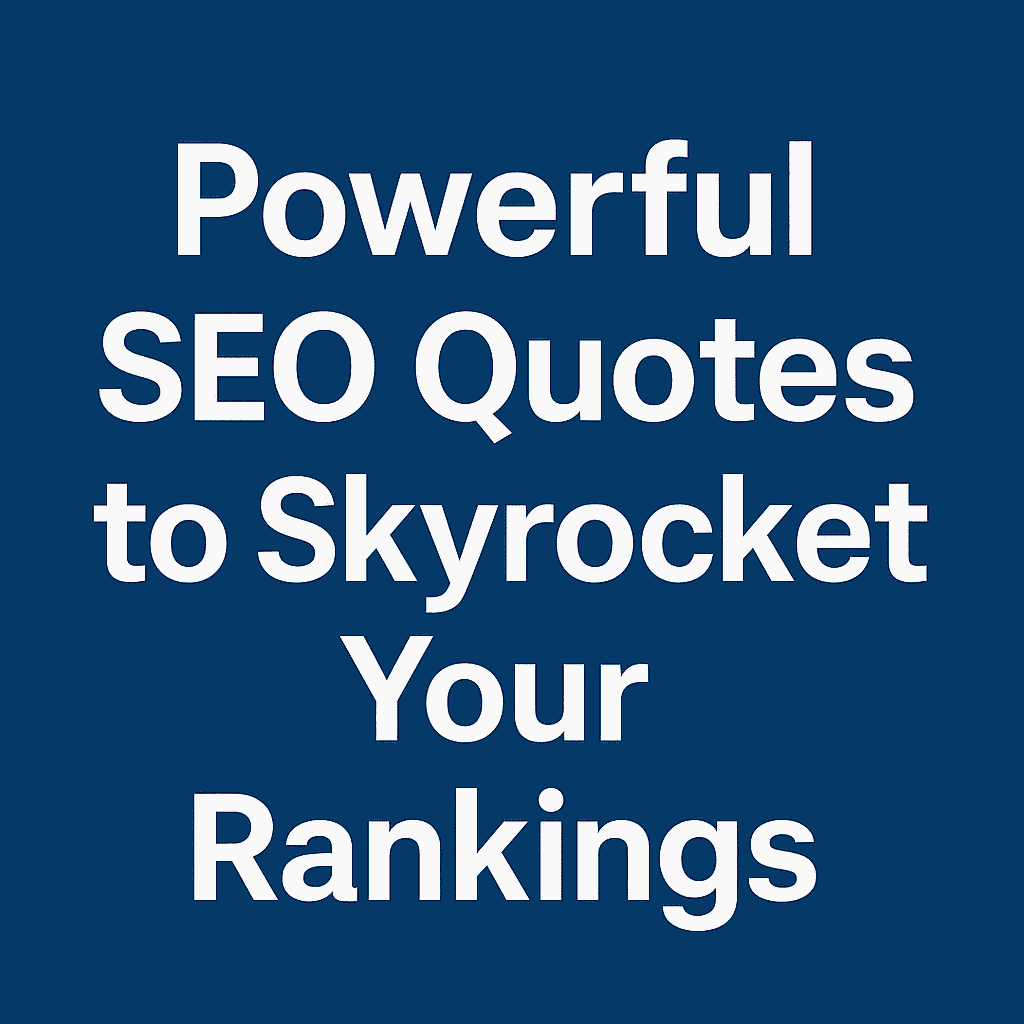

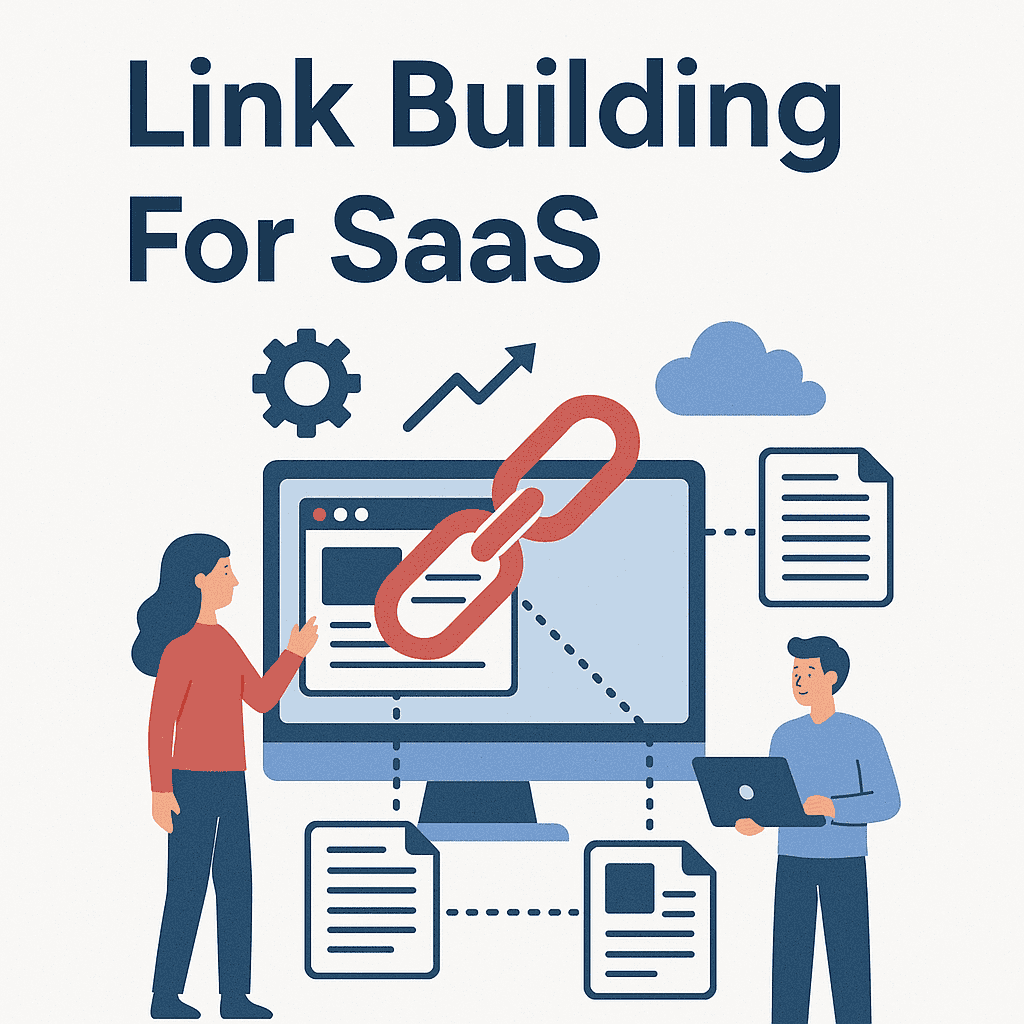
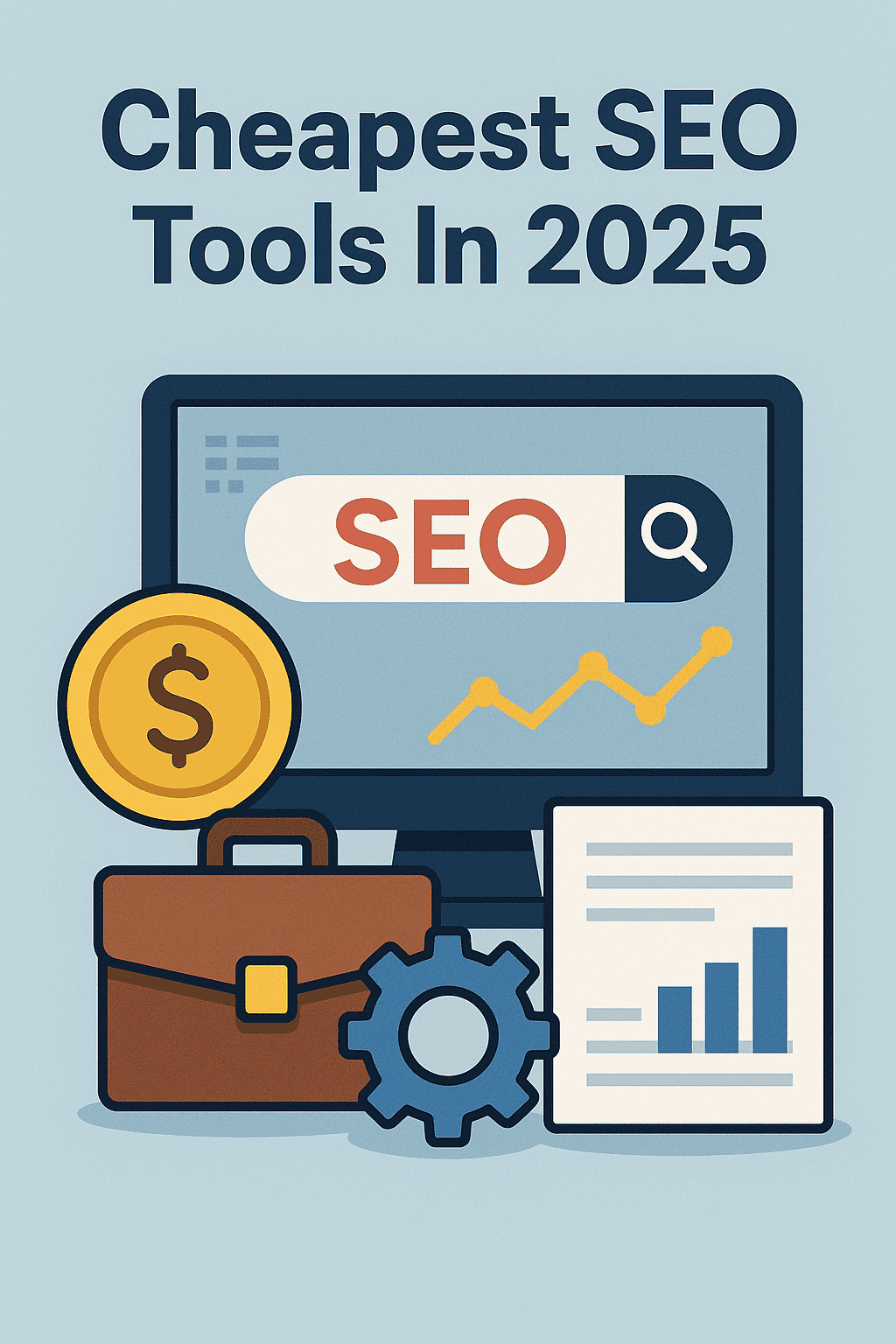
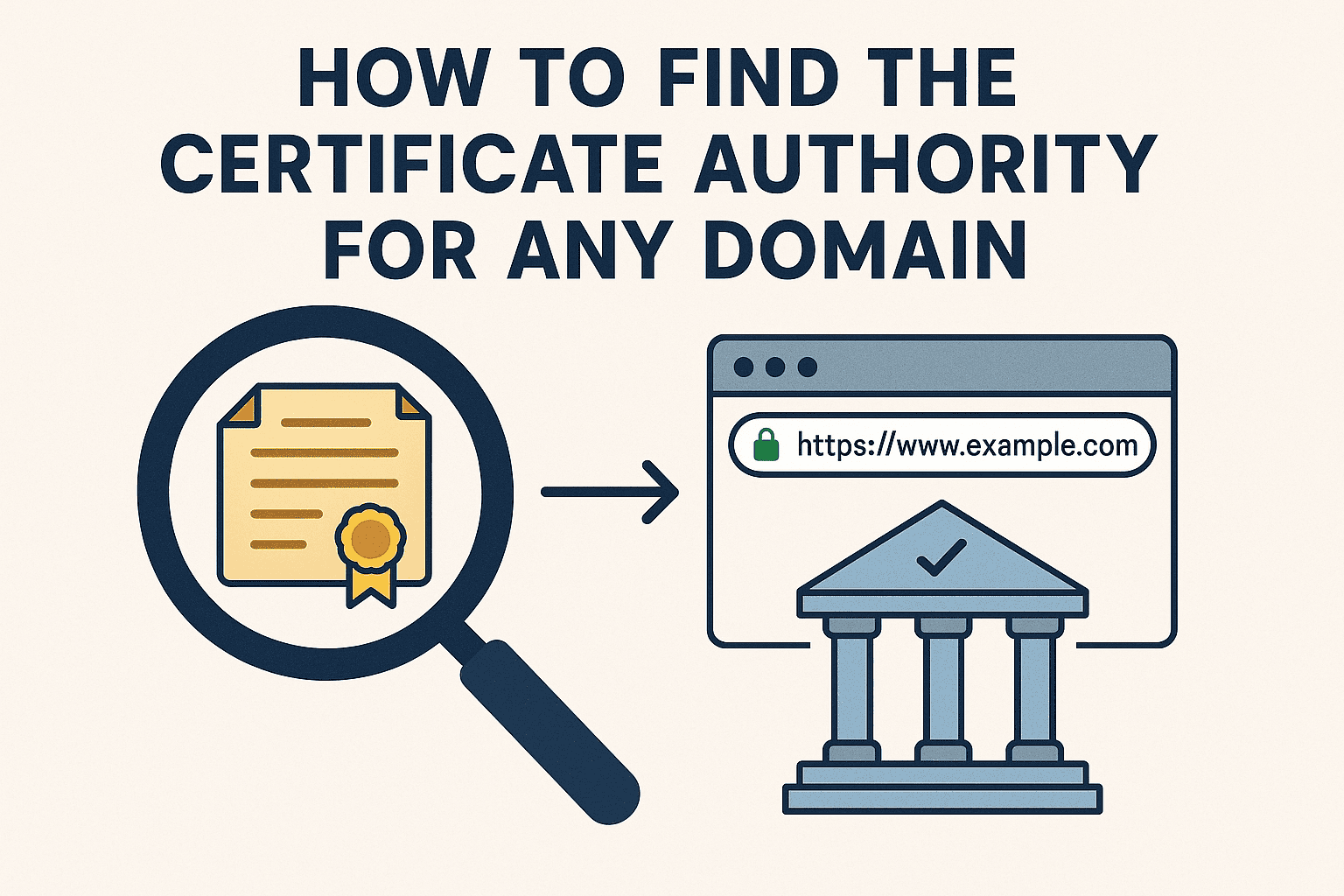
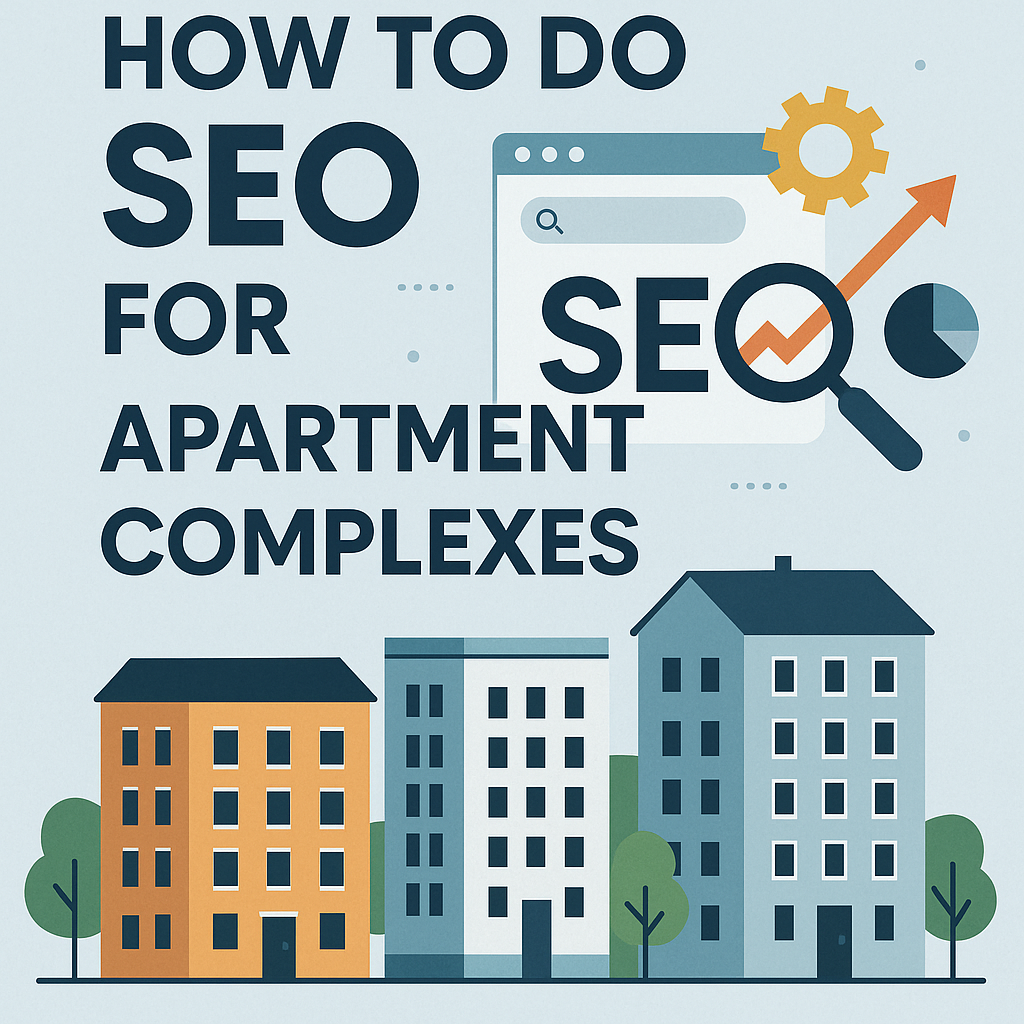
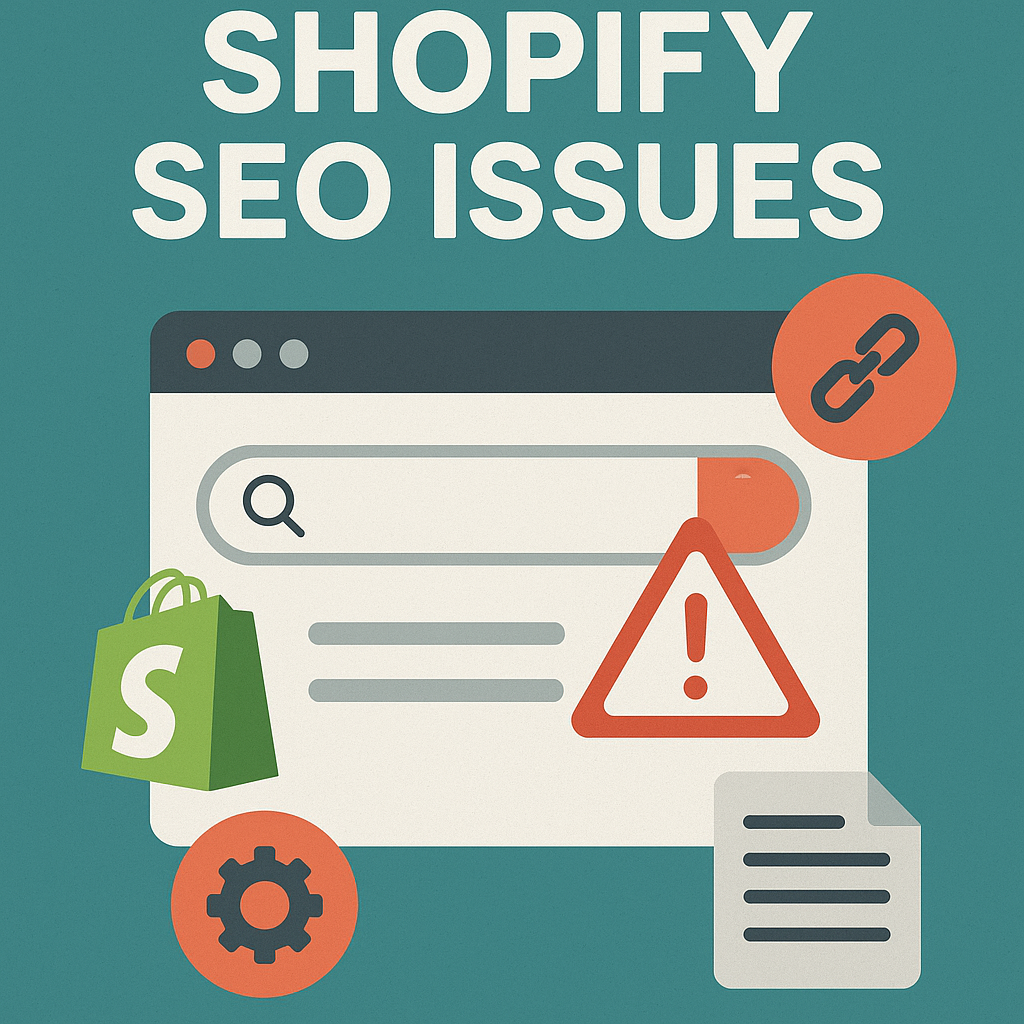


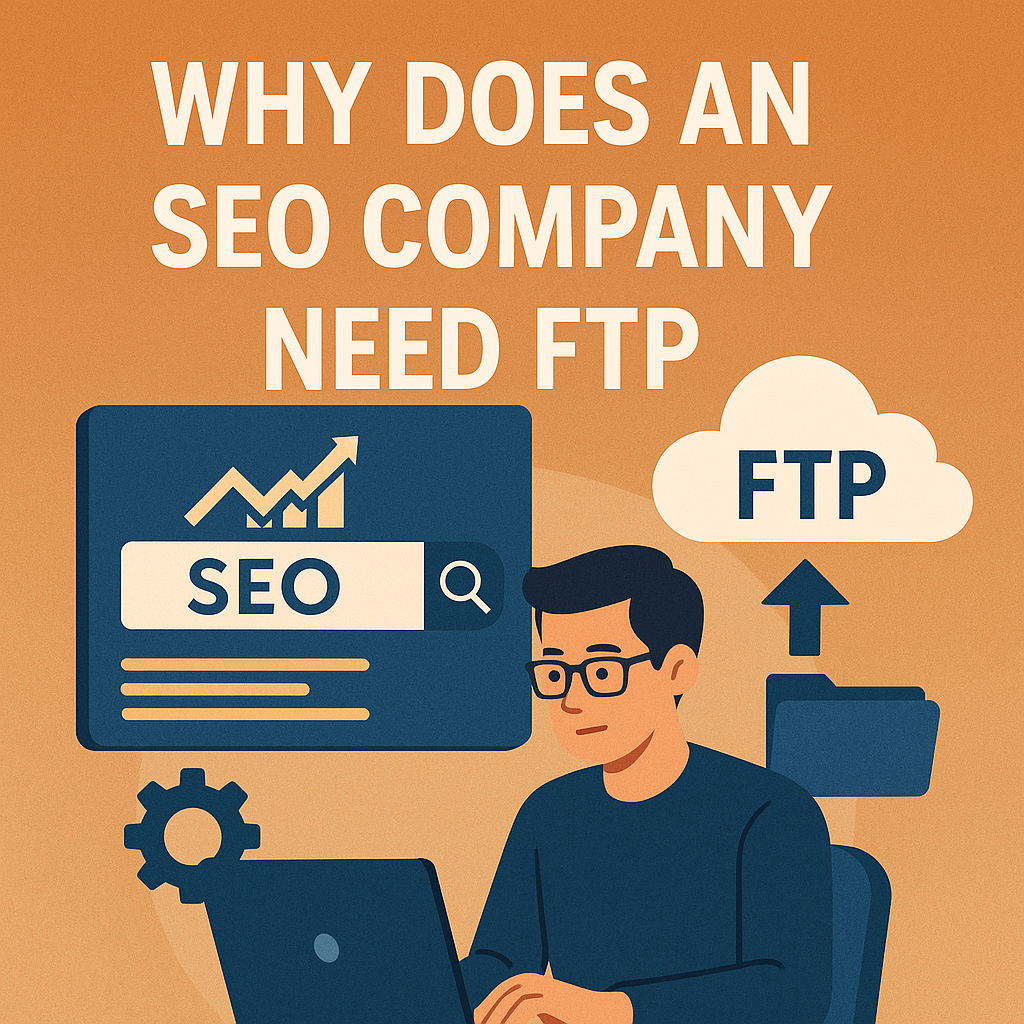
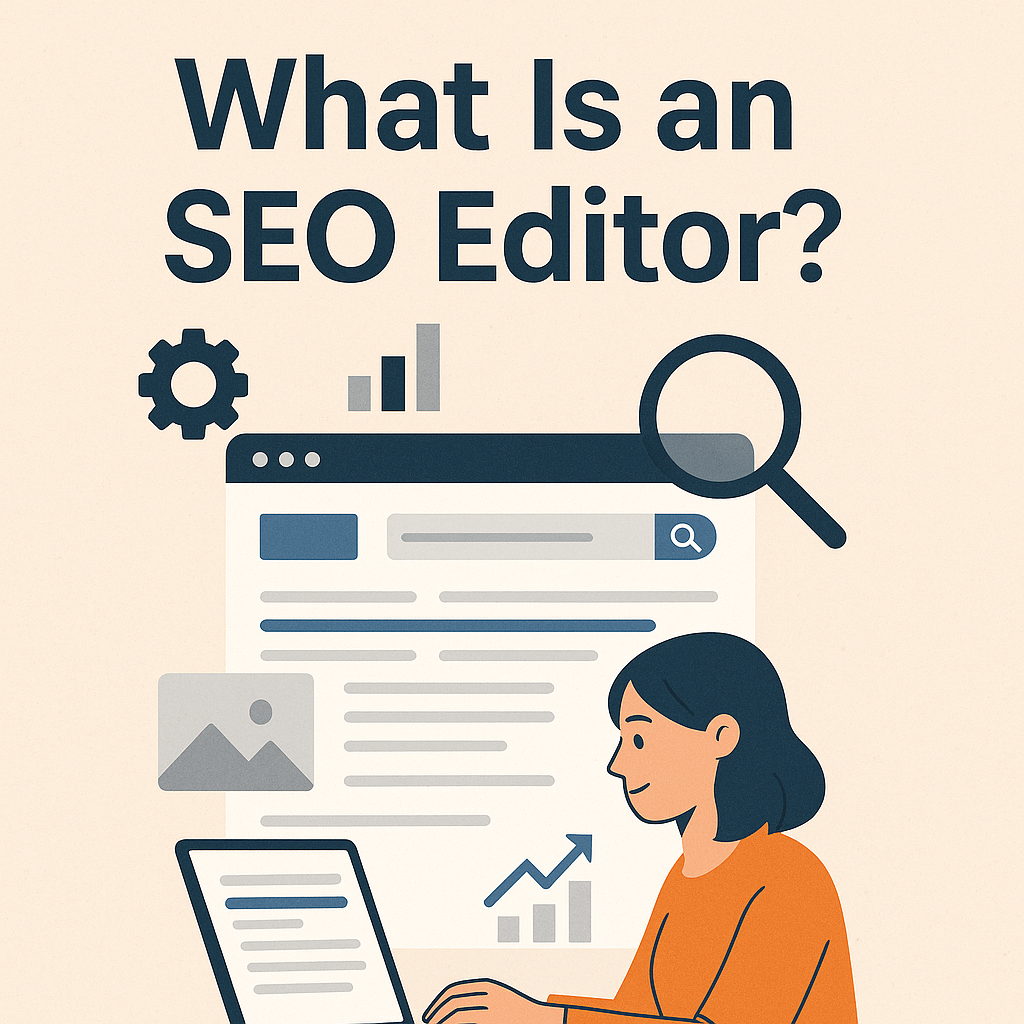
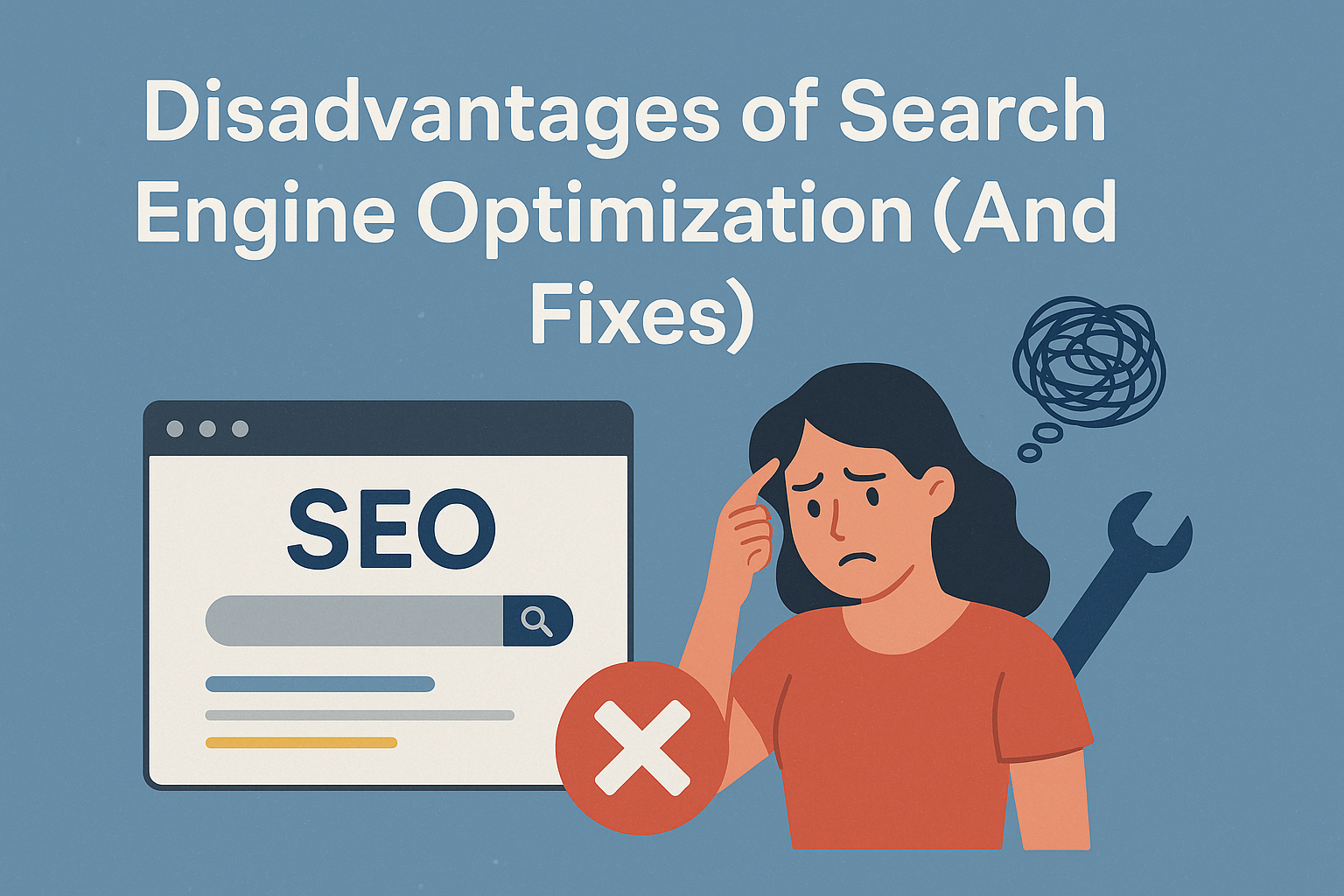
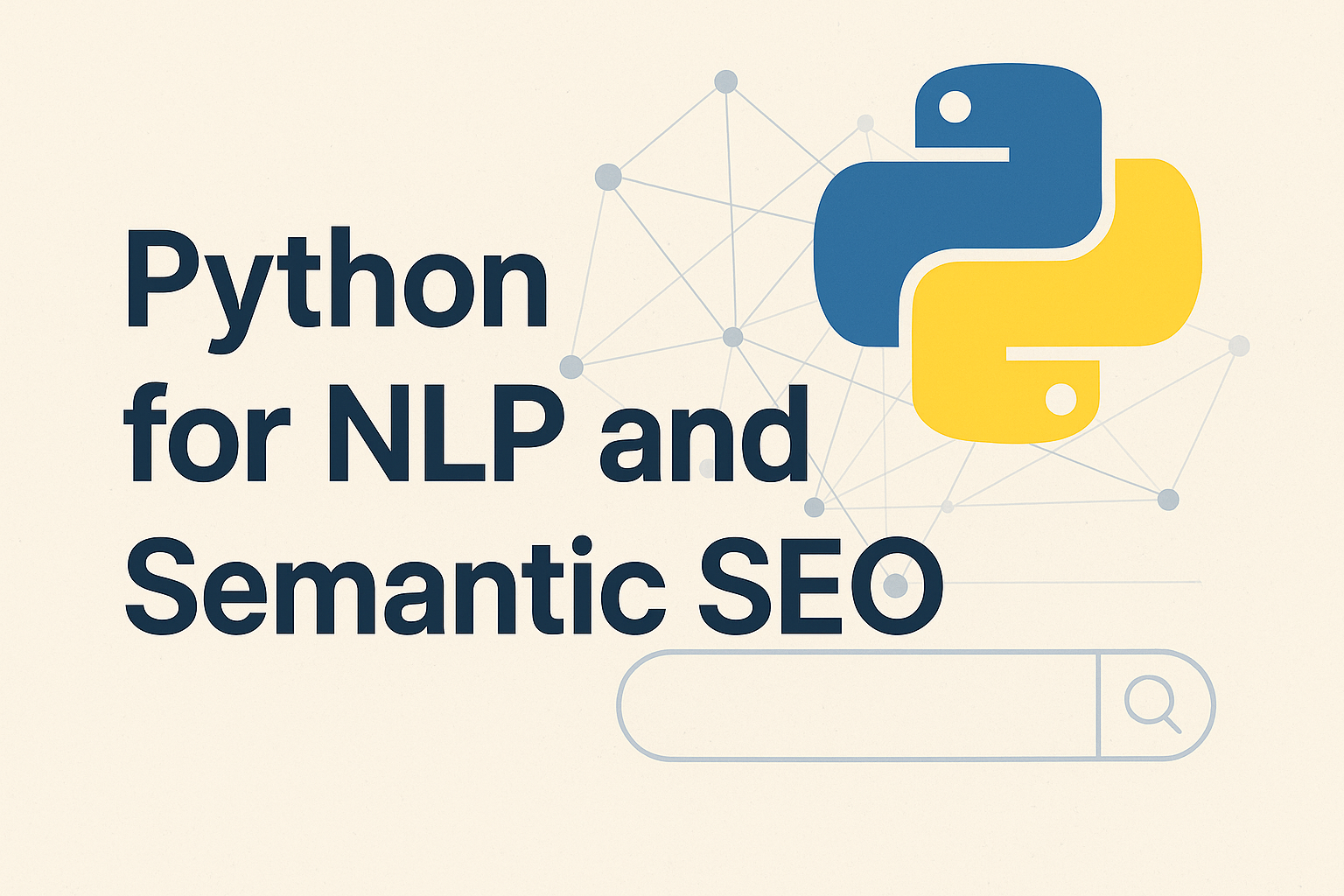
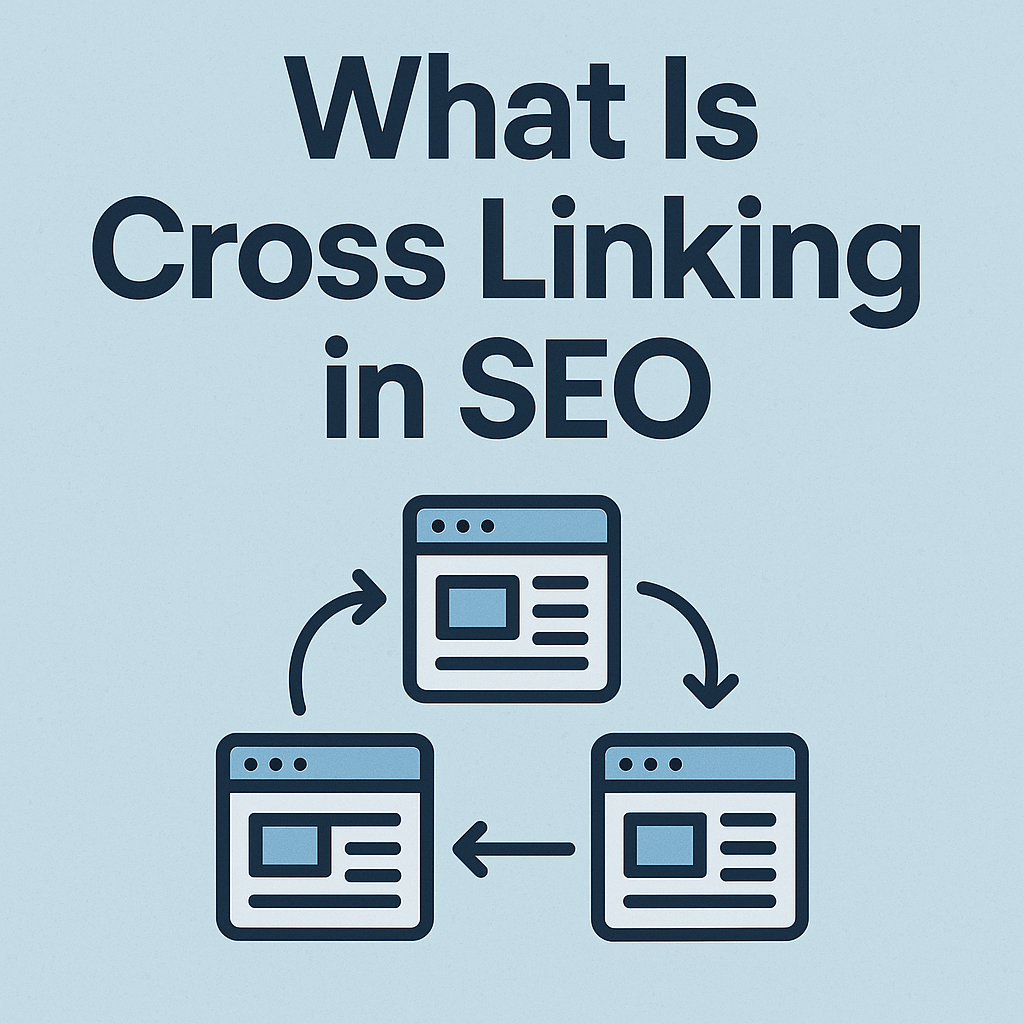

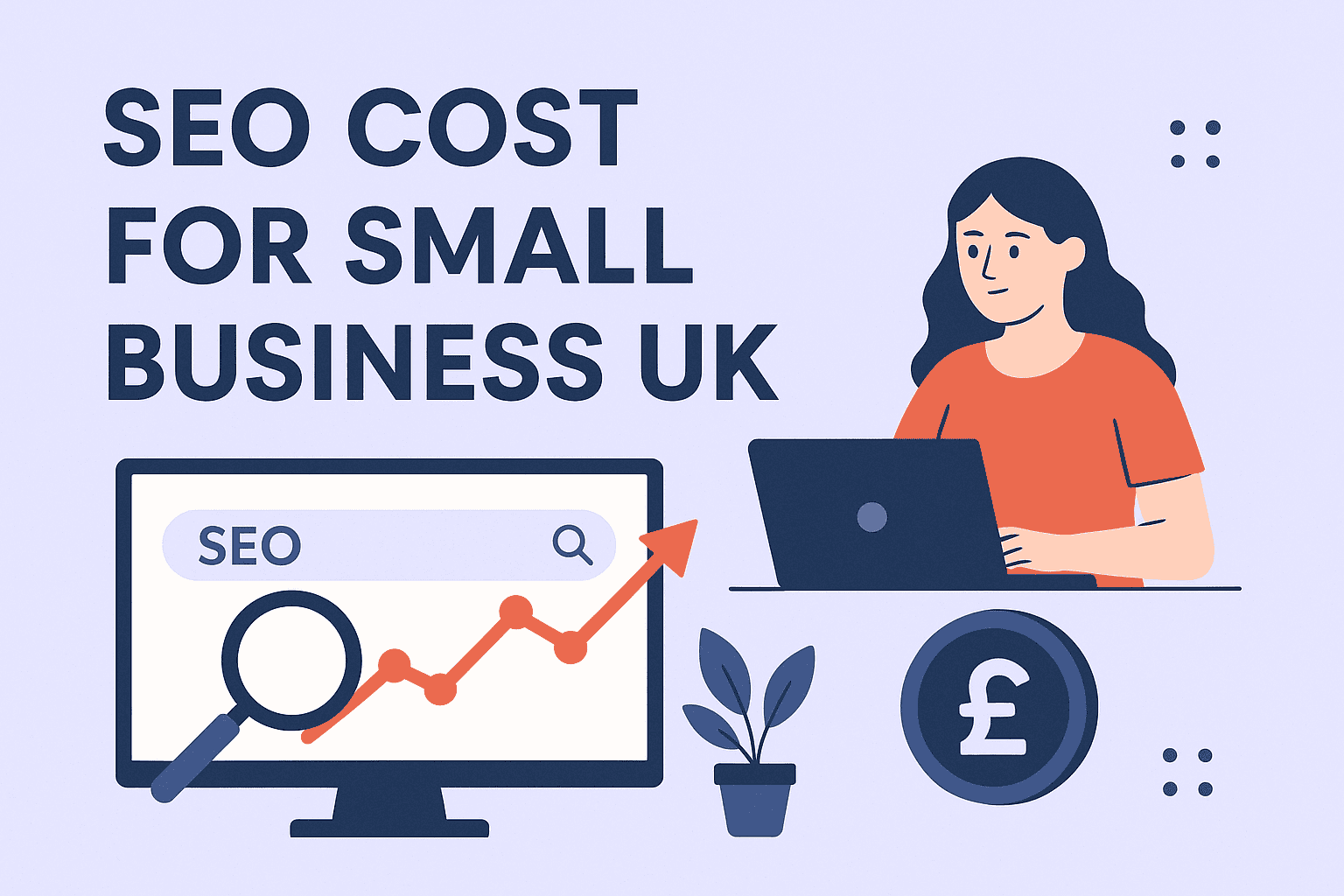

![How Many Outbound Links Per Blog [2025 Updated]](https://backlinkmanagement.io/wp-content/uploads/2025/06/How-Many-Outbound-Links-Per-Blog.png)
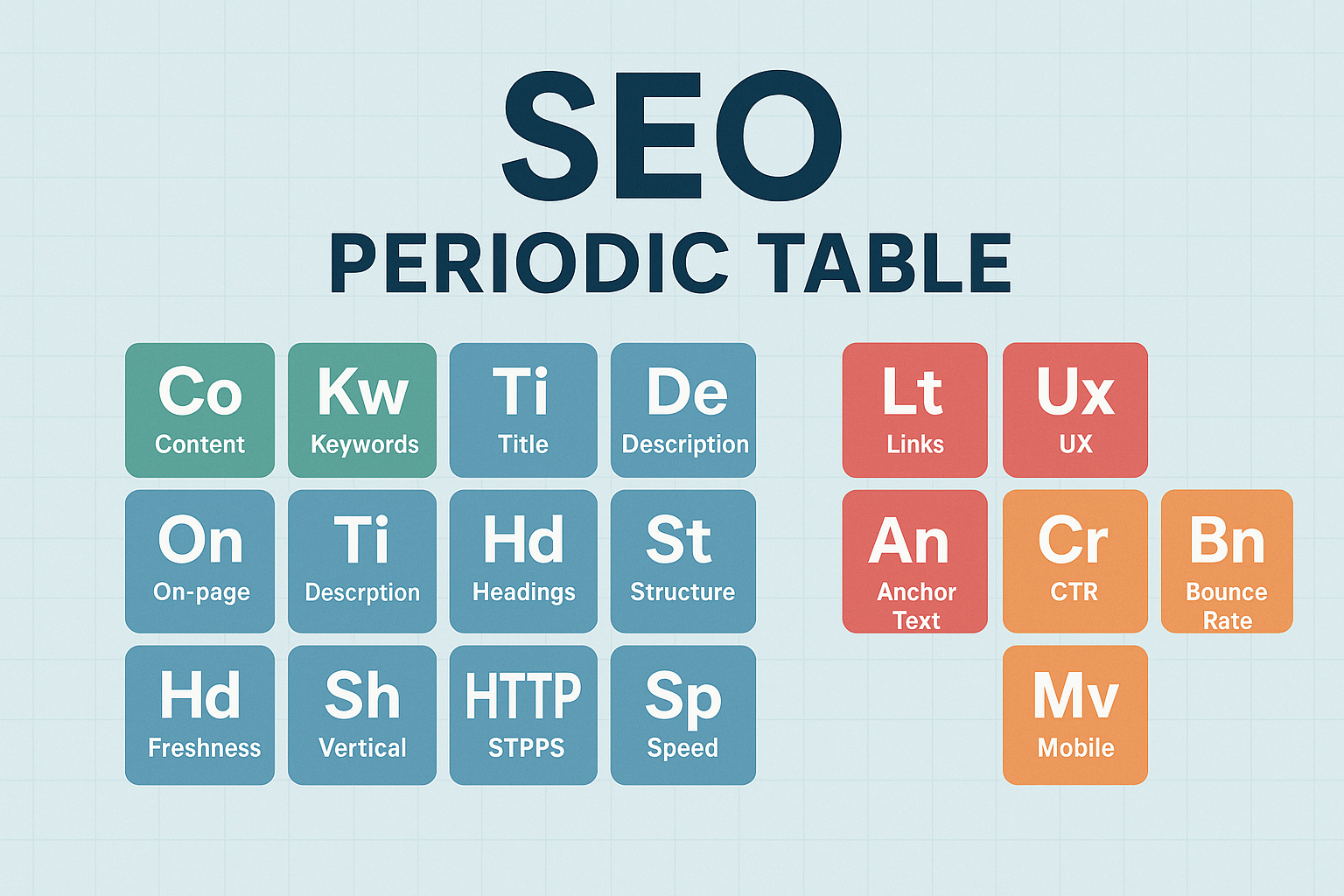

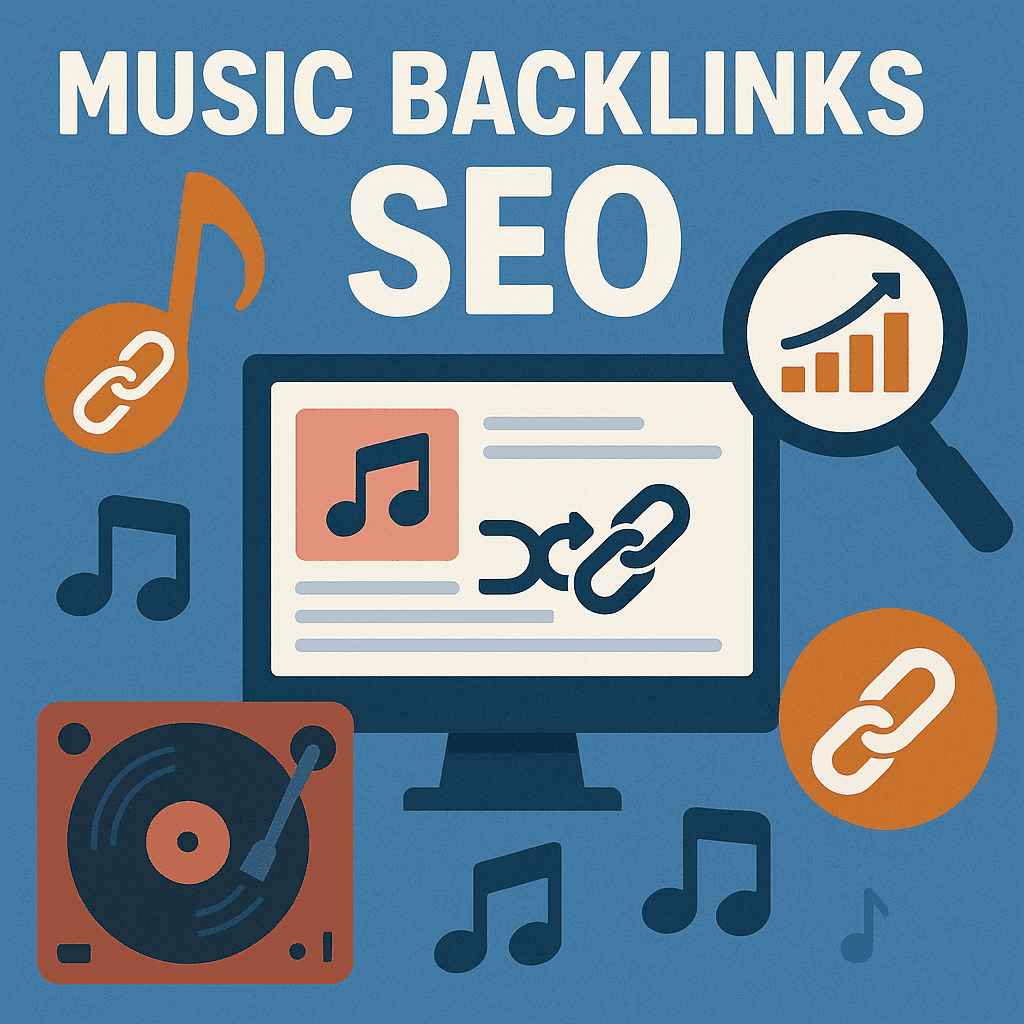
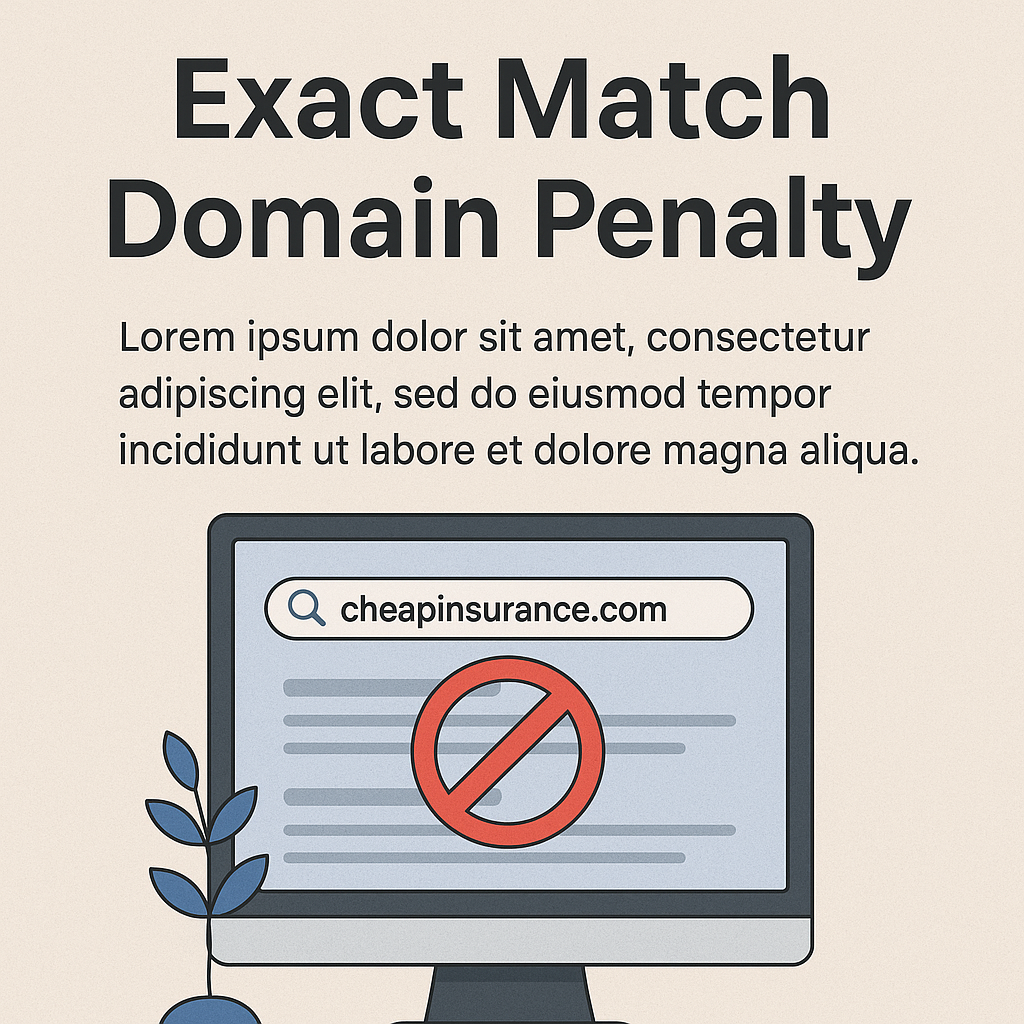
![B2B and B2C Website Examples [2025 Updated]](https://backlinkmanagement.io/wp-content/uploads/2025/05/B2B-and-B2C-Website-Example-.png)
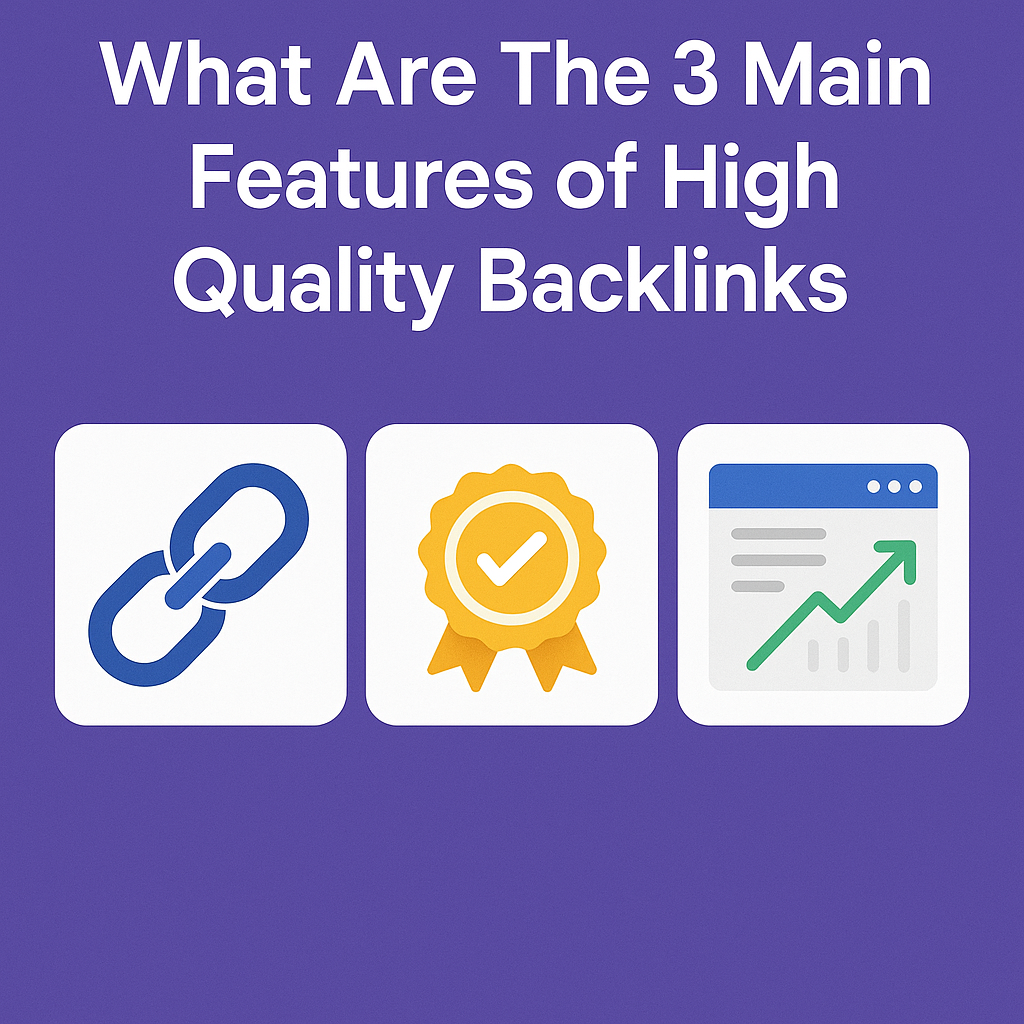
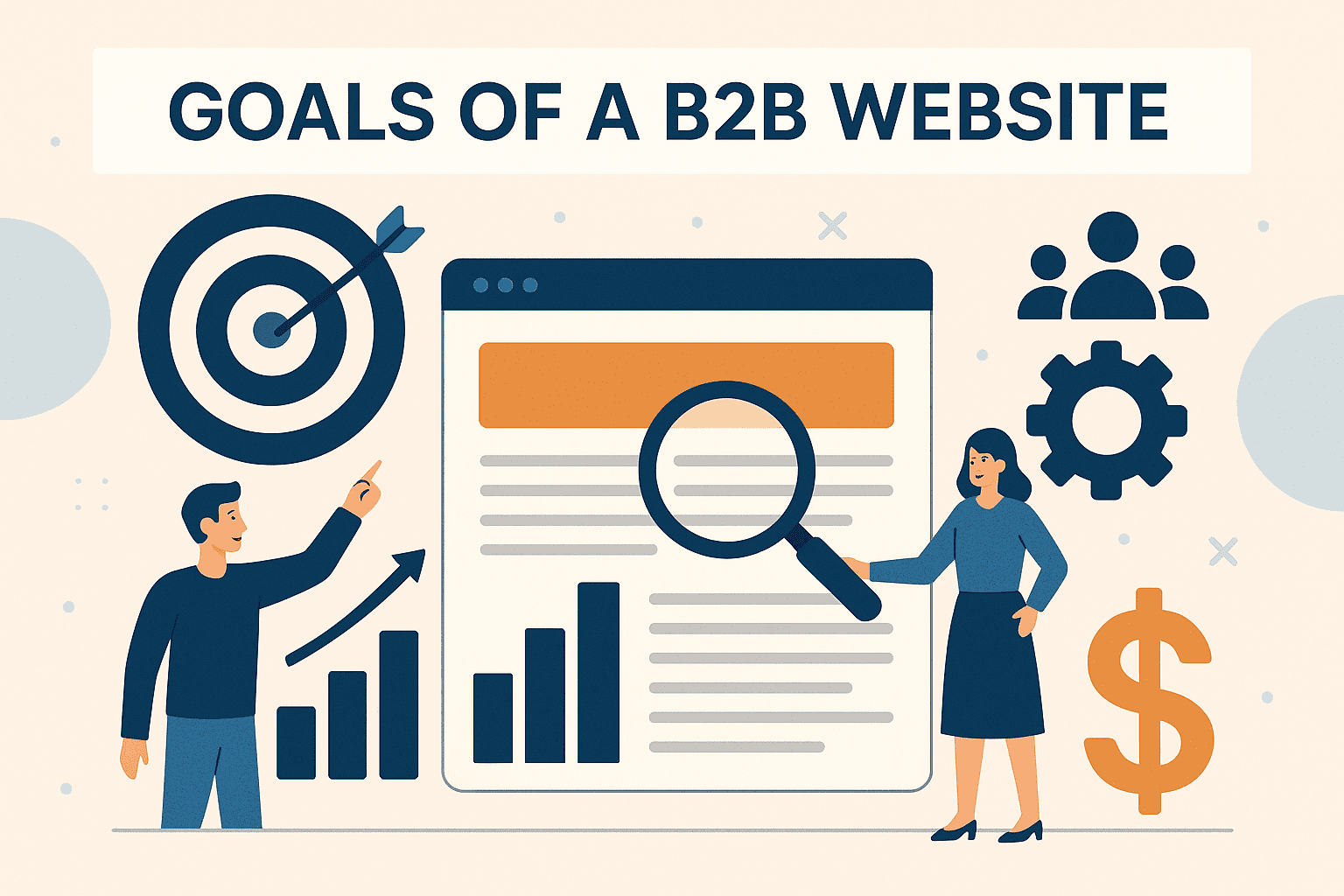

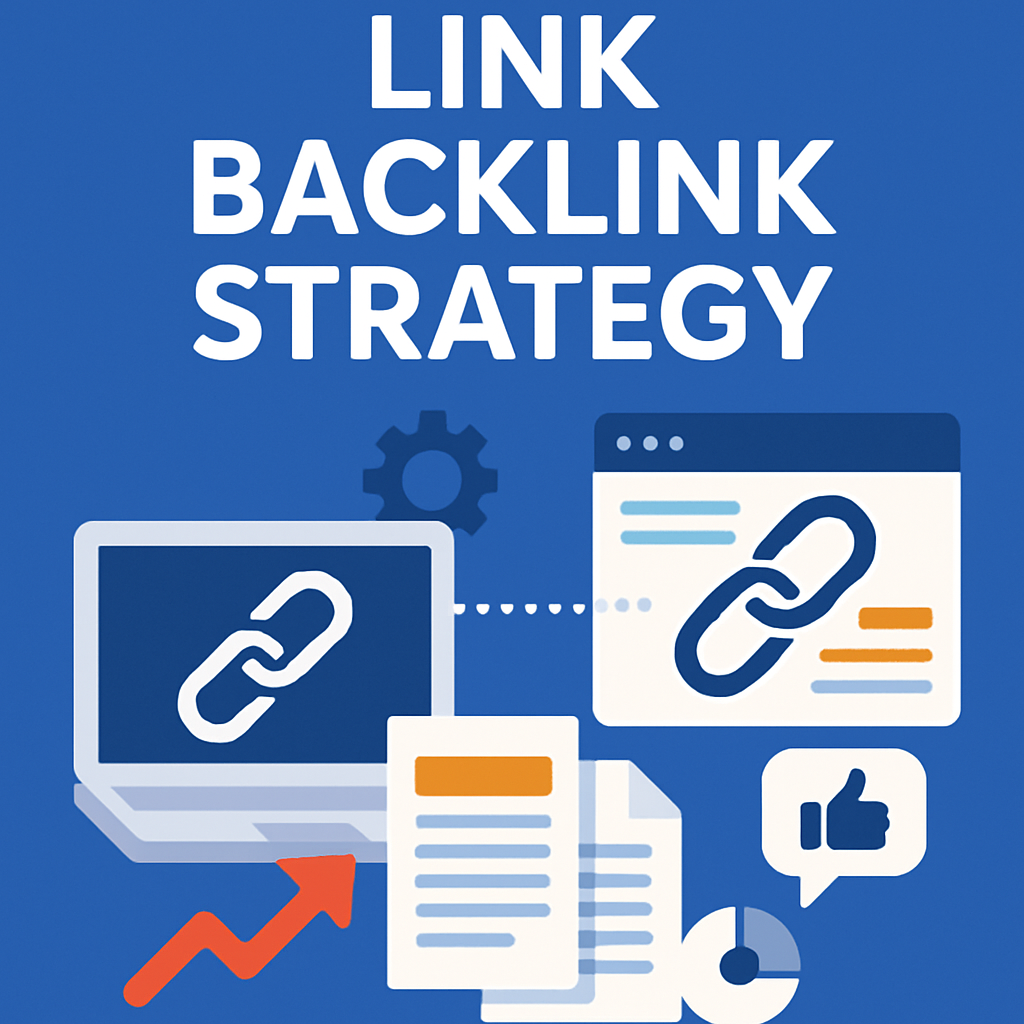
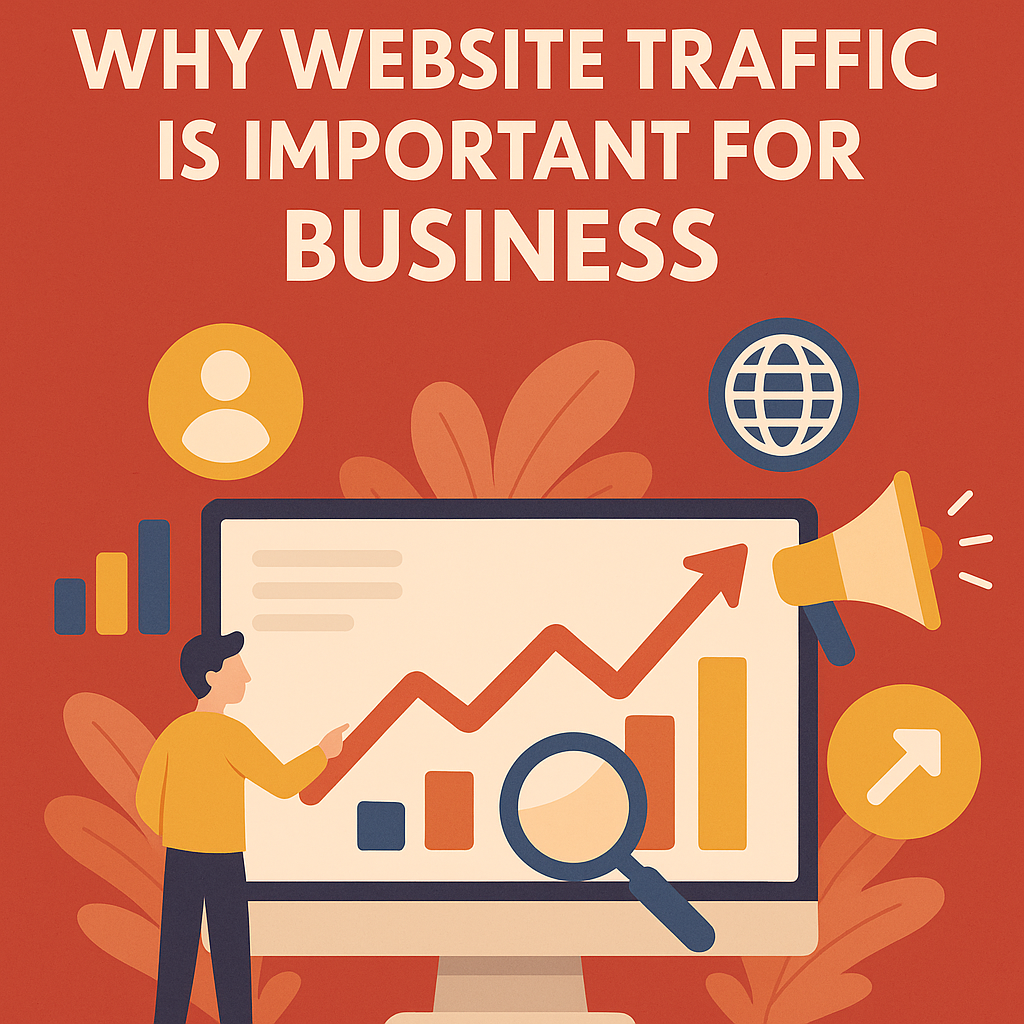
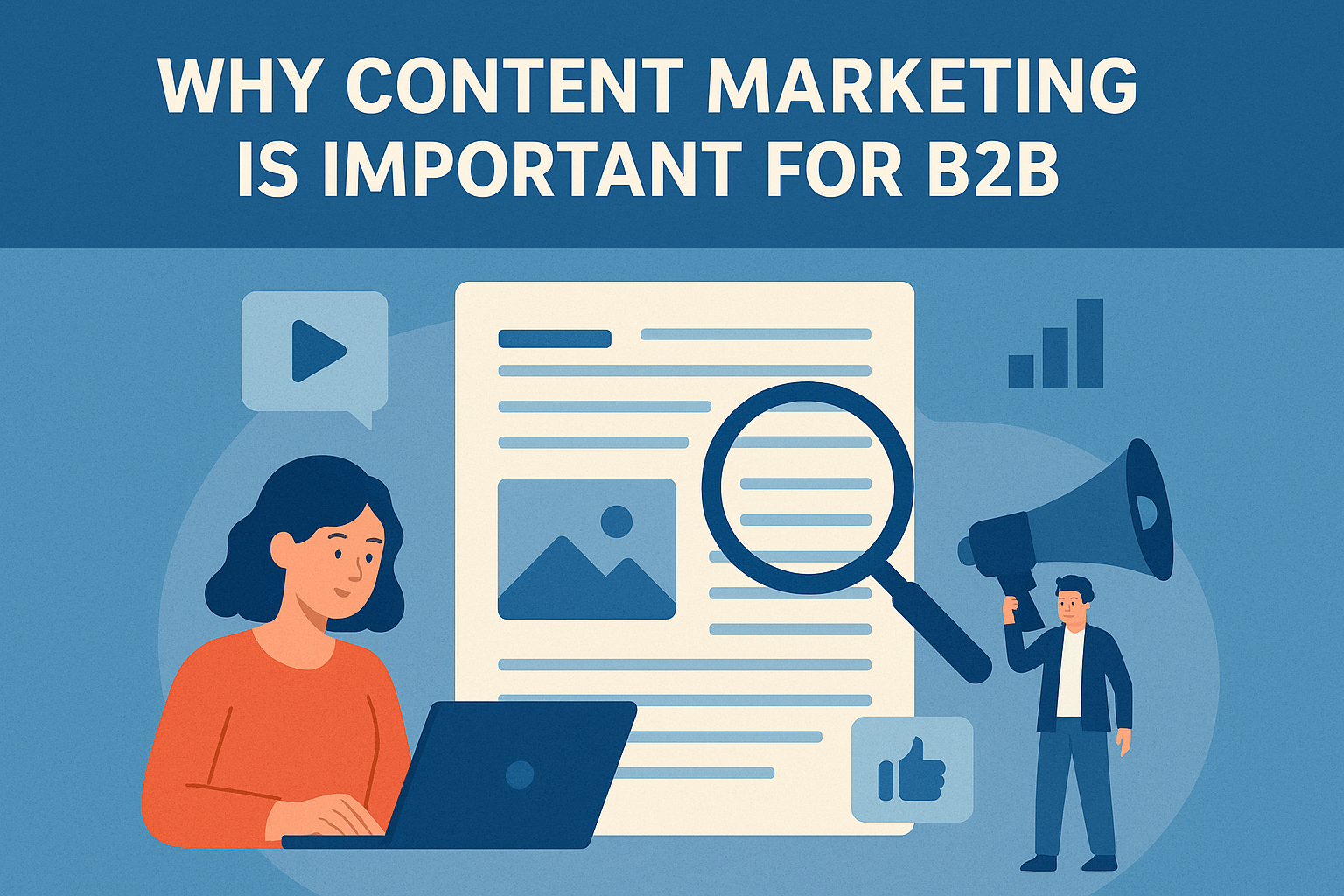
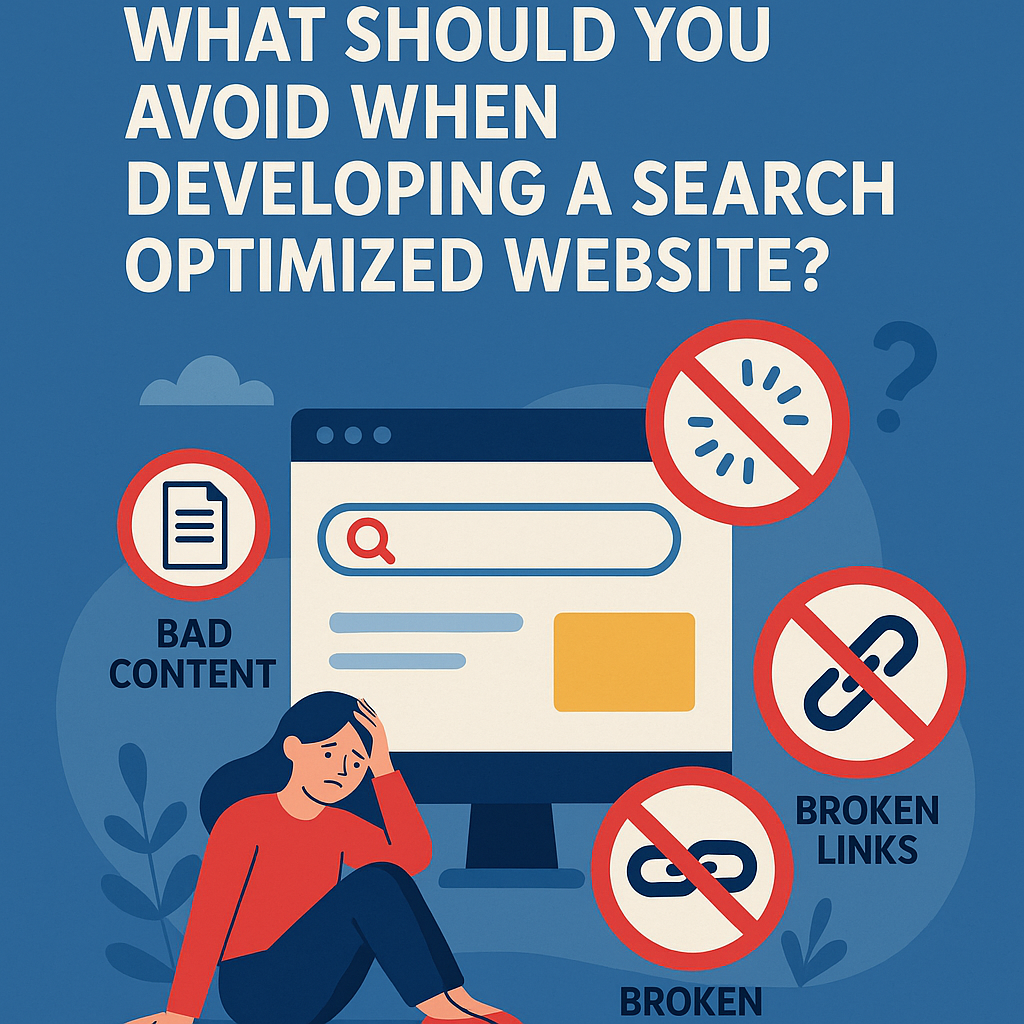


![What To Do After Keyword Research [2025 Guide]](https://backlinkmanagement.io/wp-content/uploads/2025/05/What-To-Do-After-Keyword-Research.png)
![Is Page Speed Really A Ranking Factor? [2025]](https://backlinkmanagement.io/wp-content/uploads/2025/05/Is-Page-Speed-Really-A-Ranking-Factor.png)
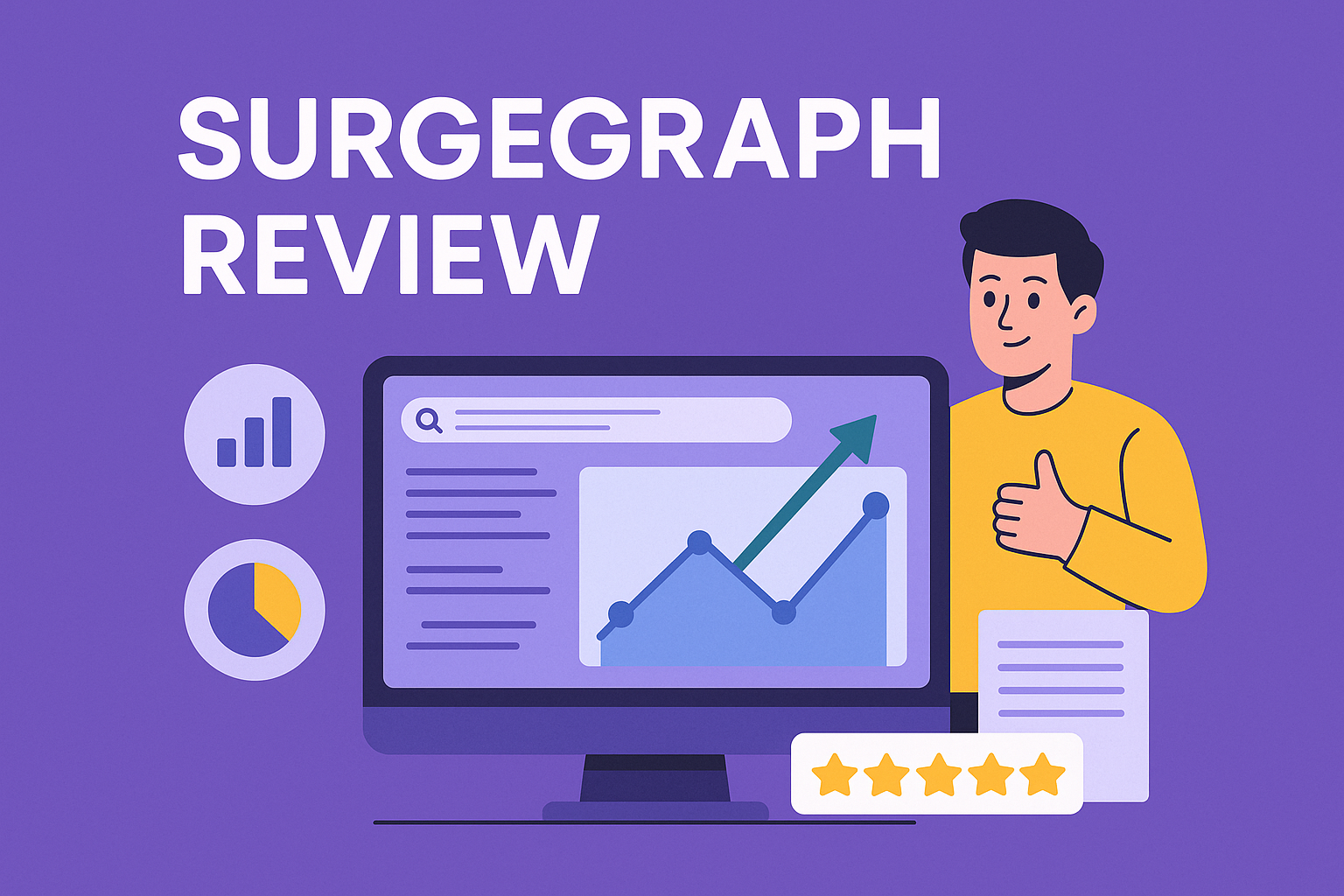

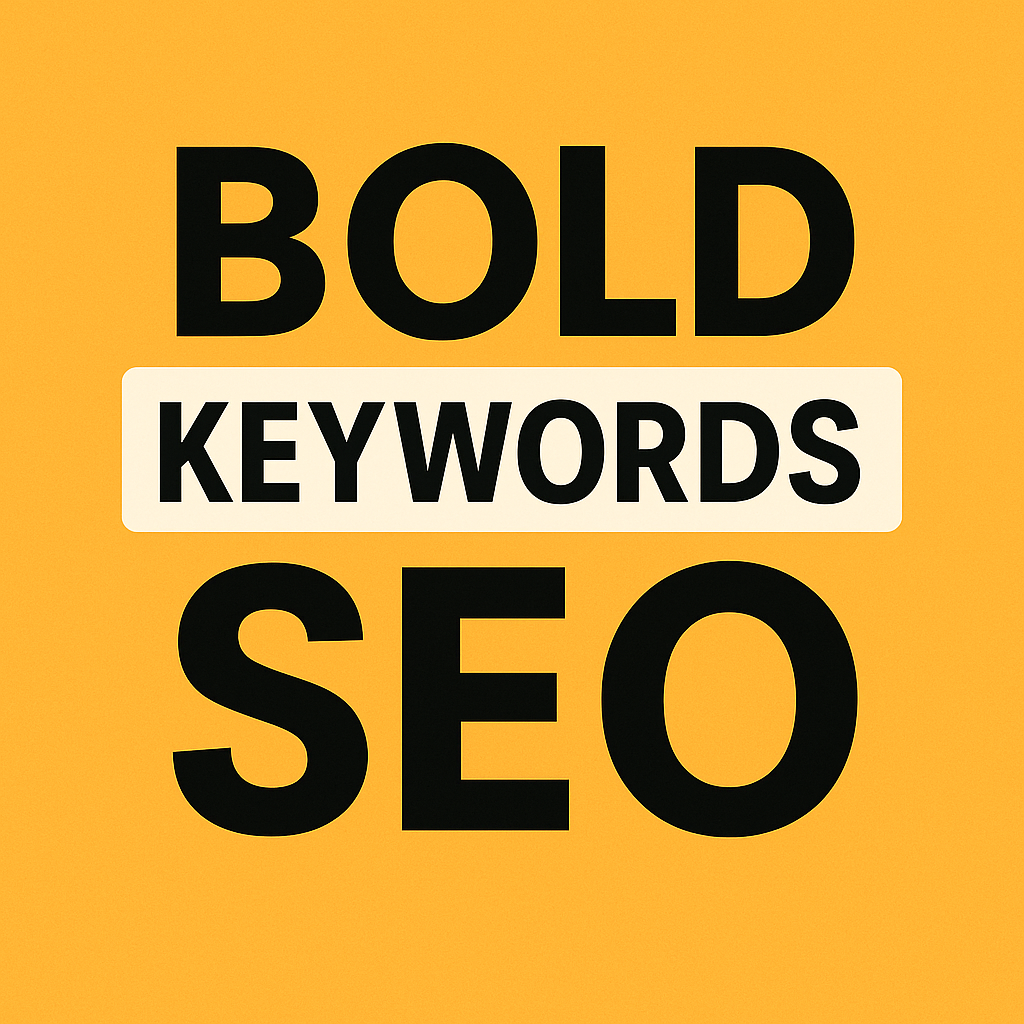
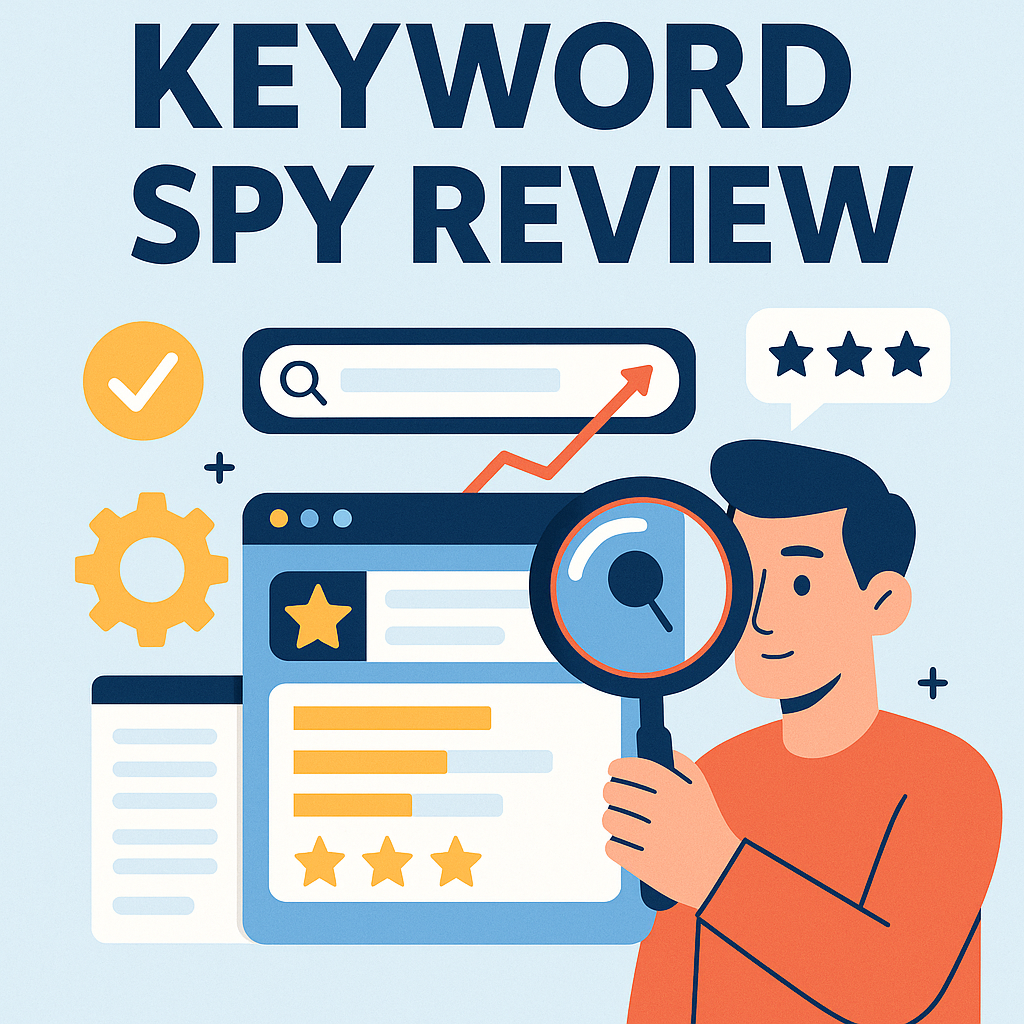




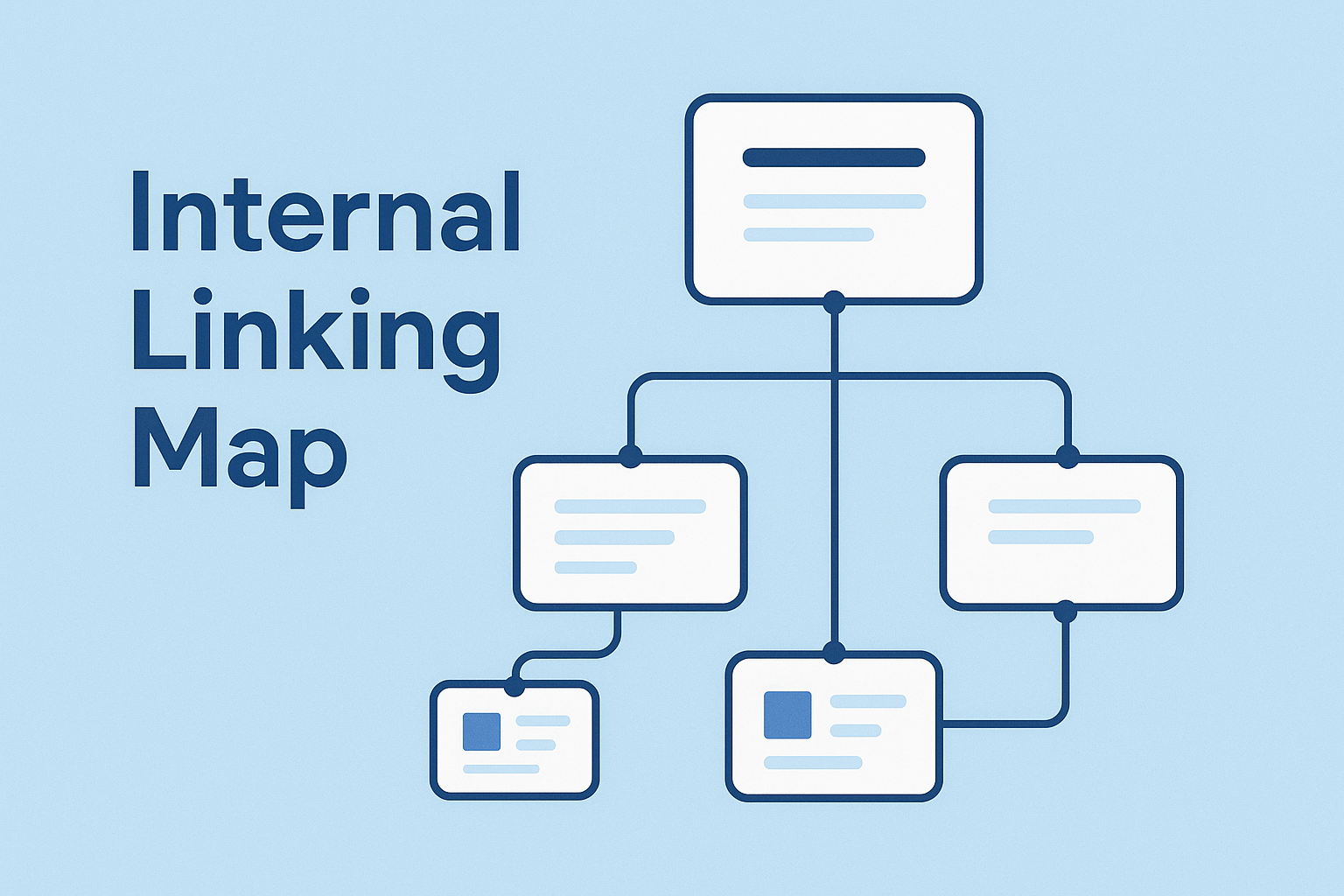
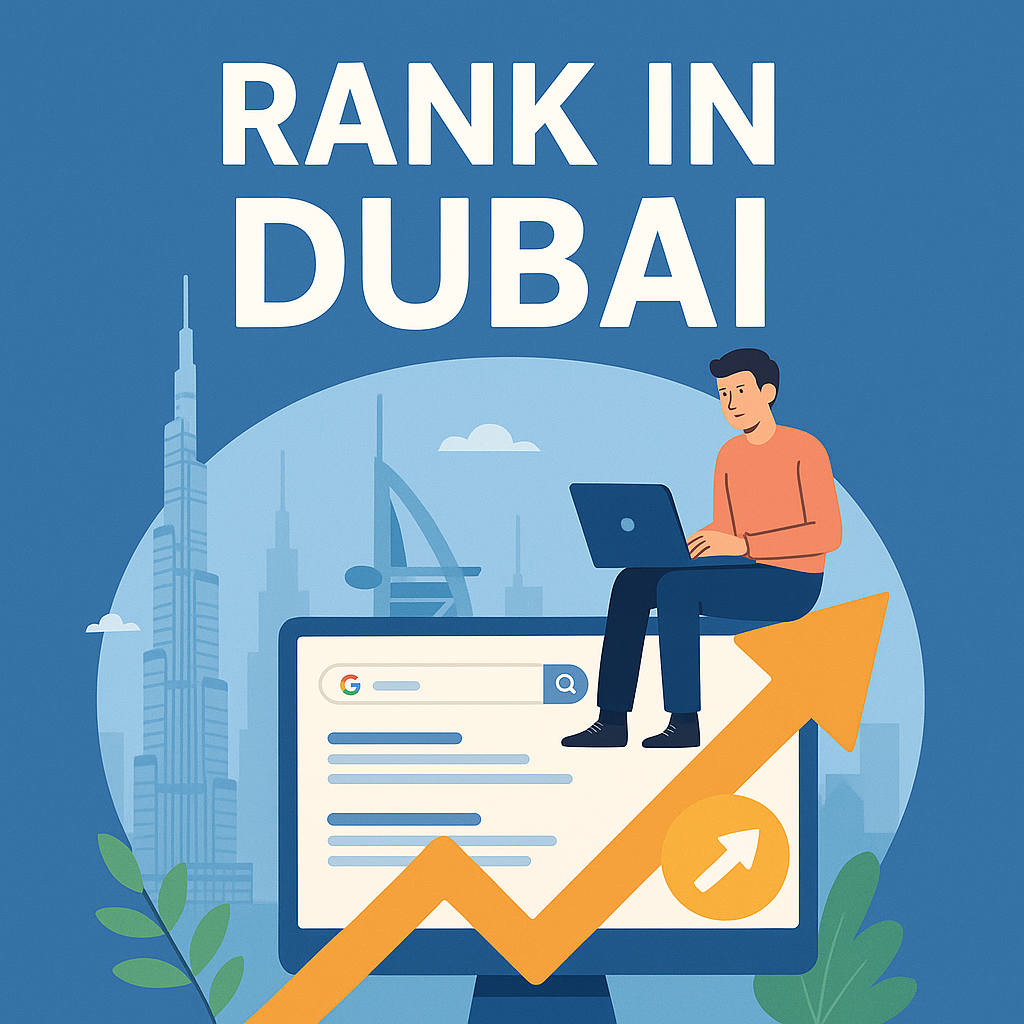
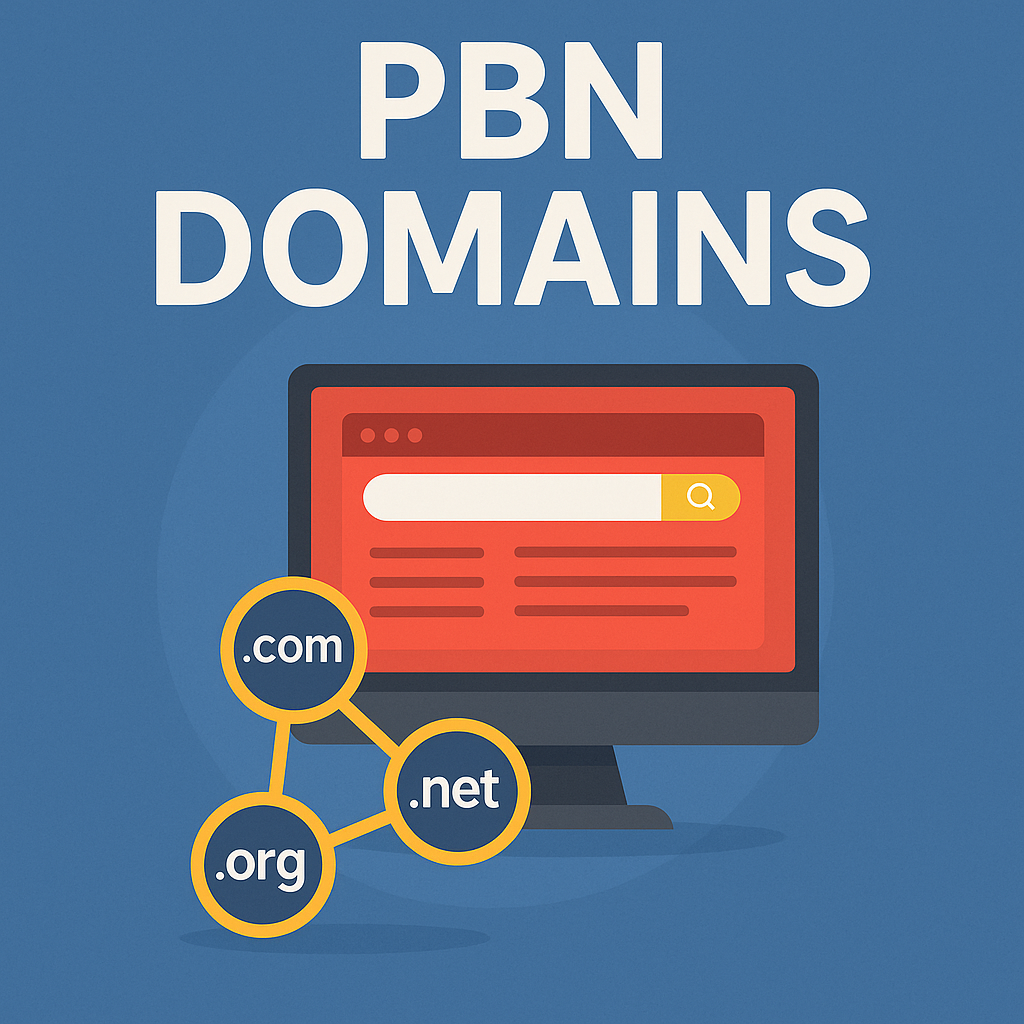
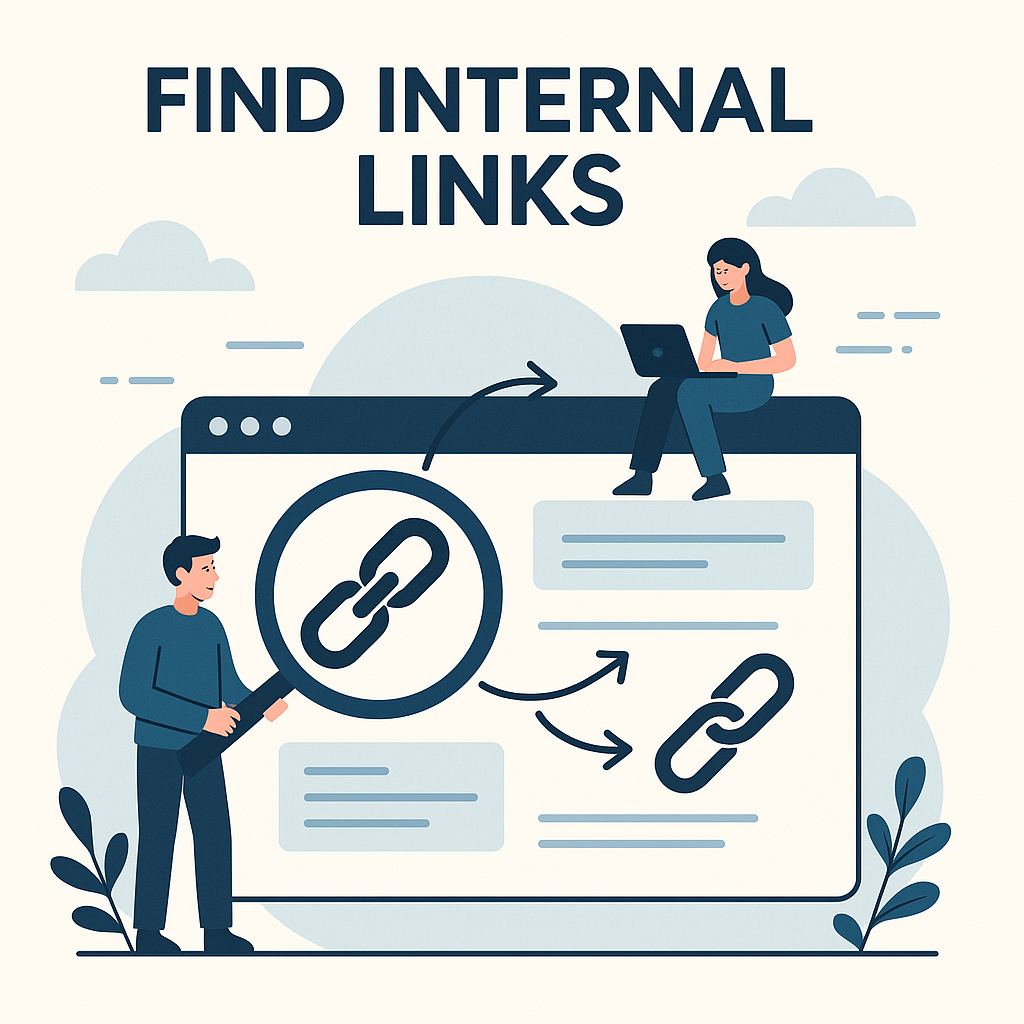
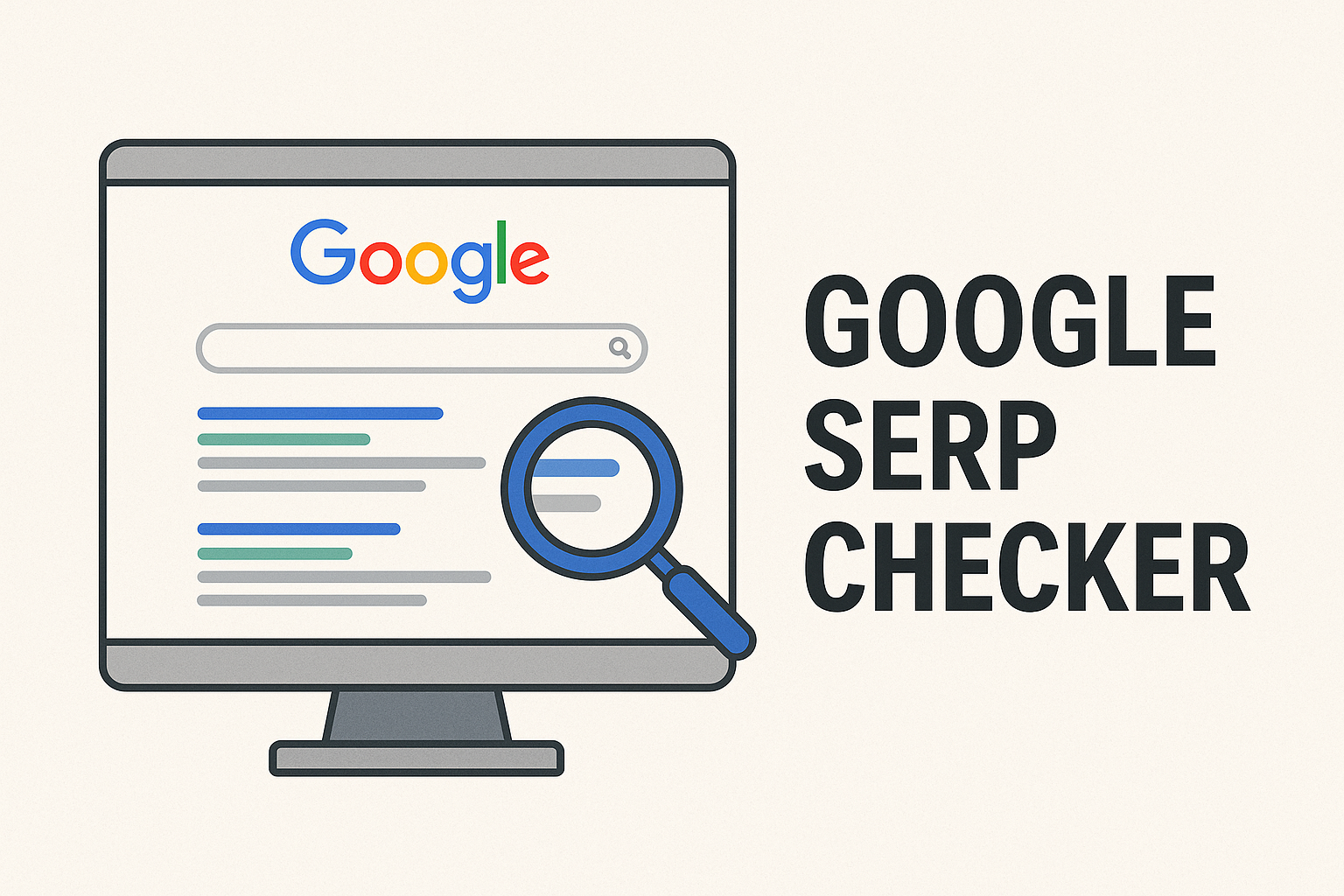
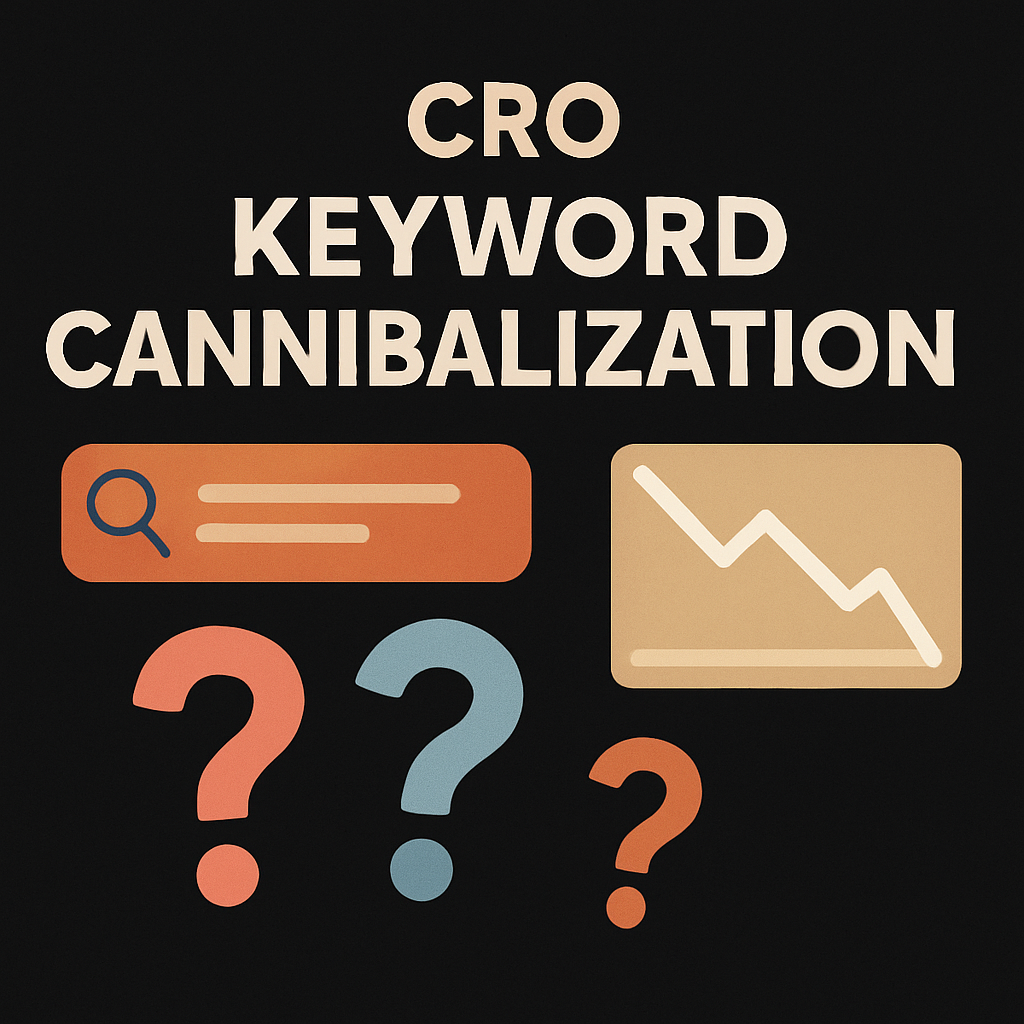
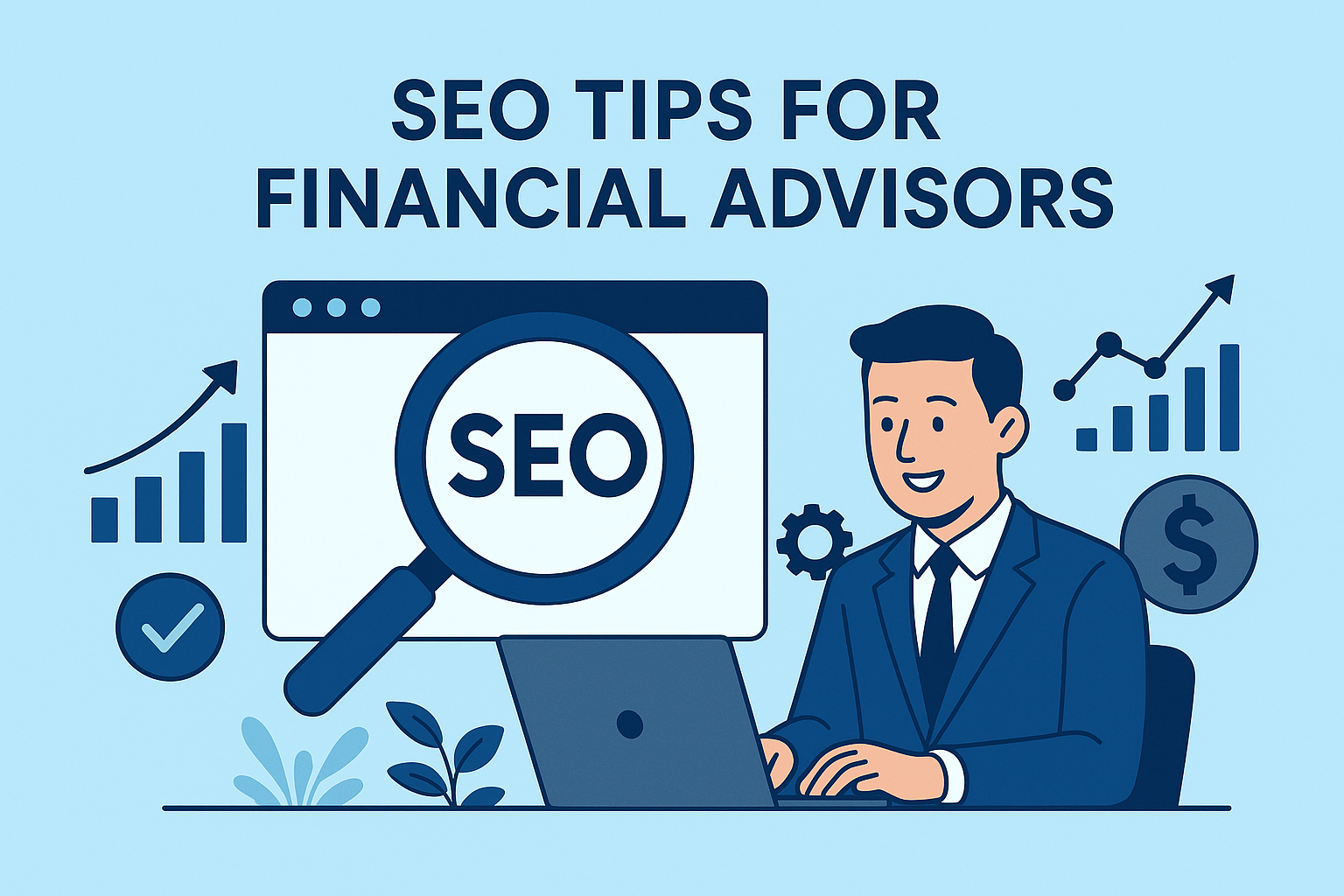

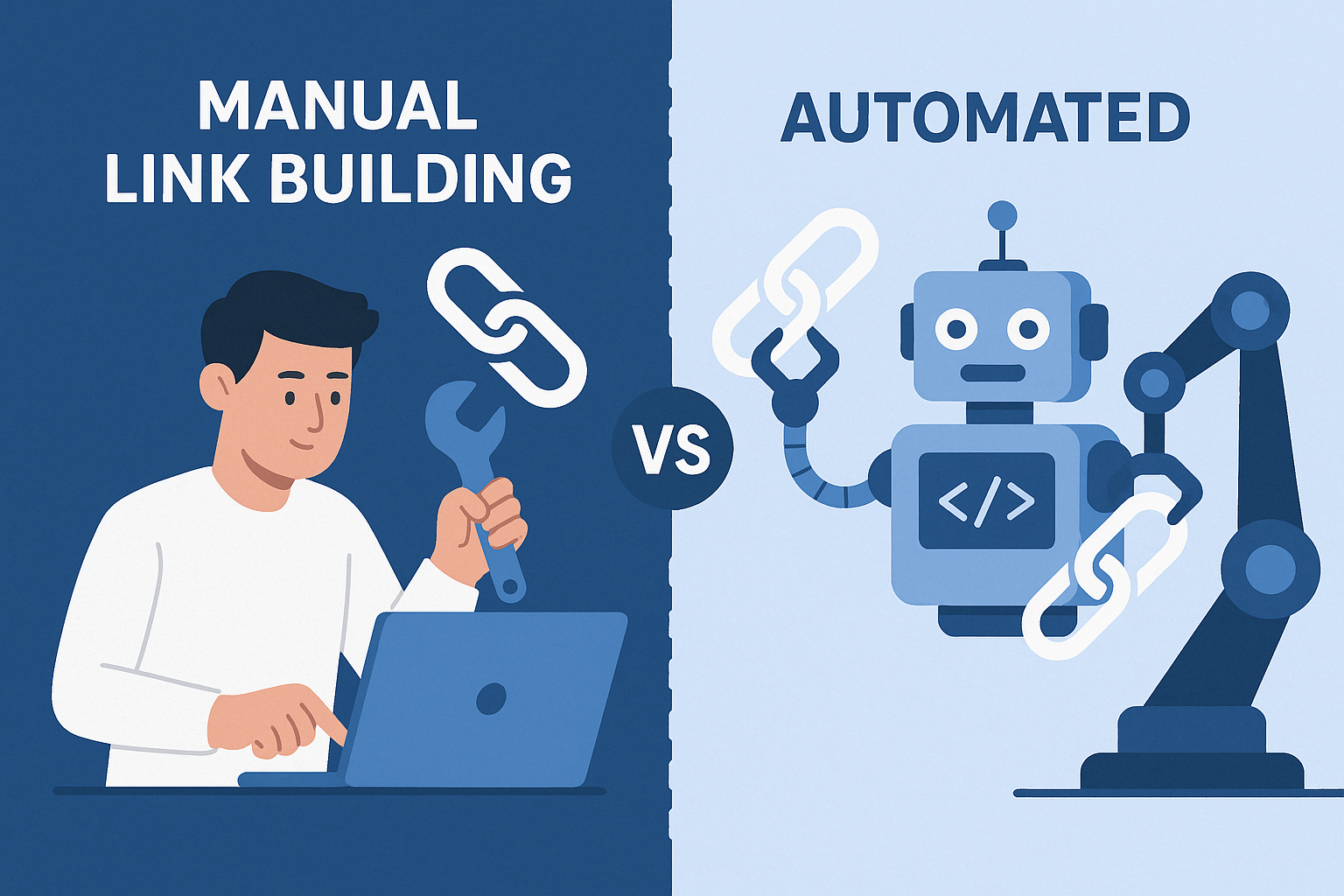



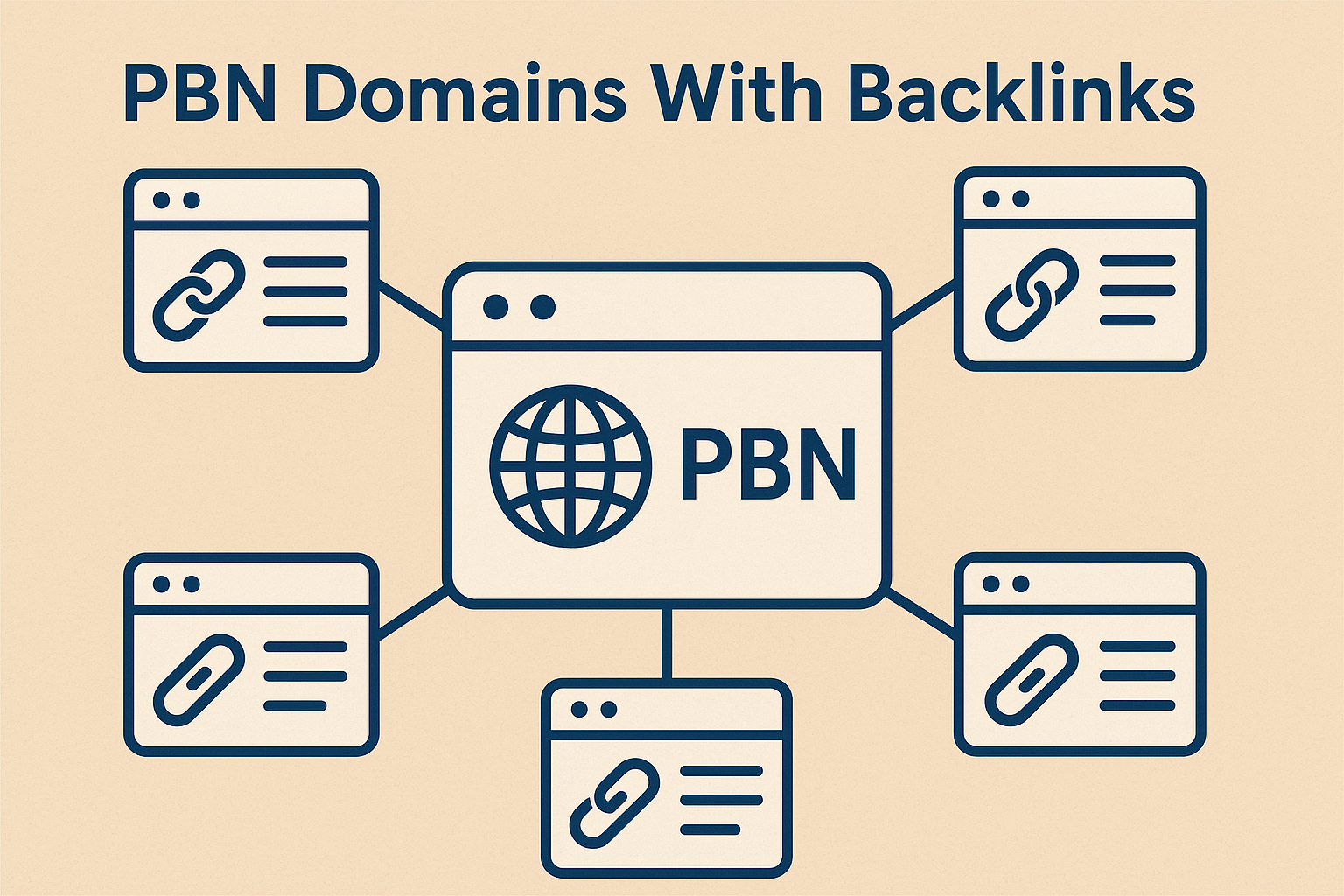
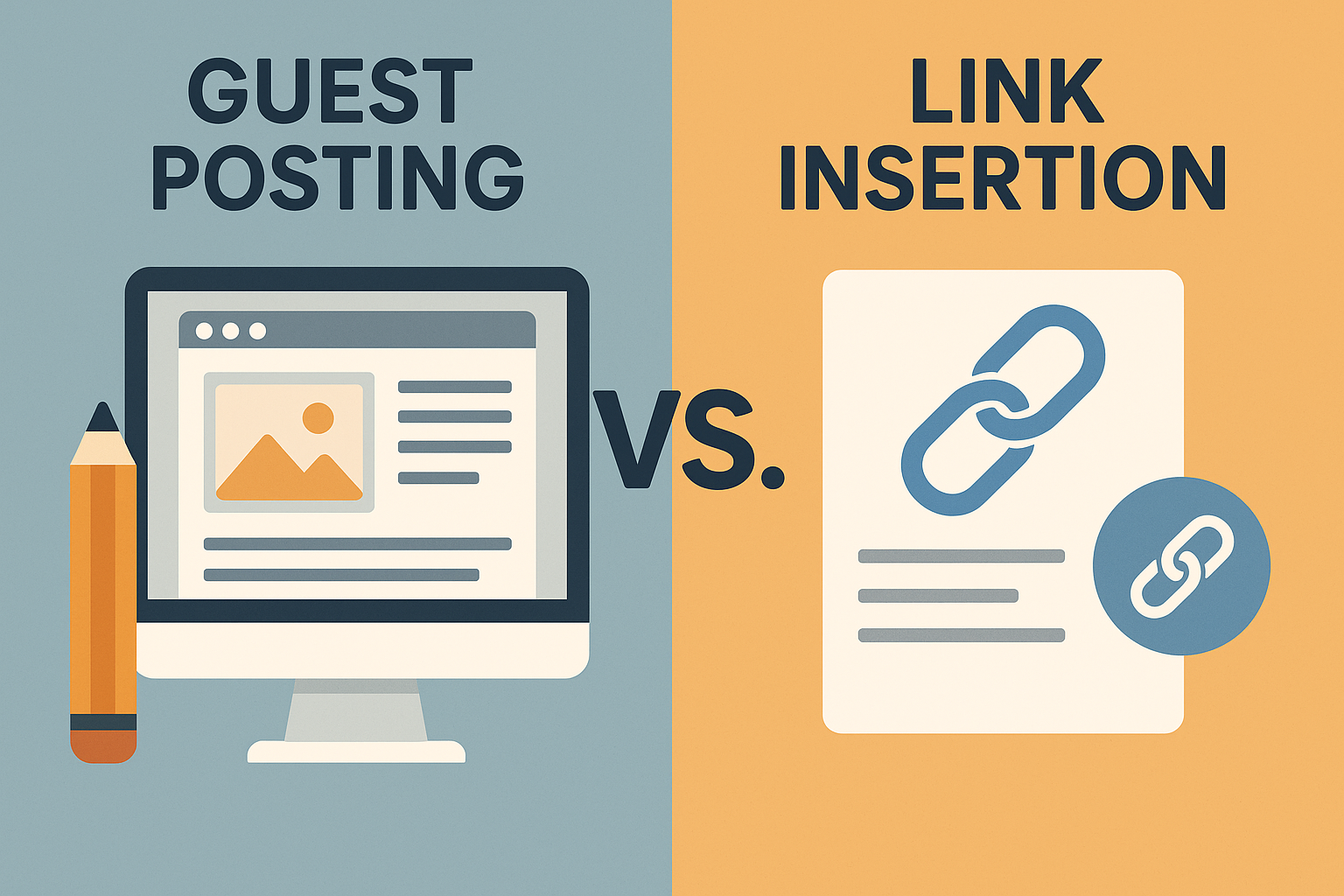
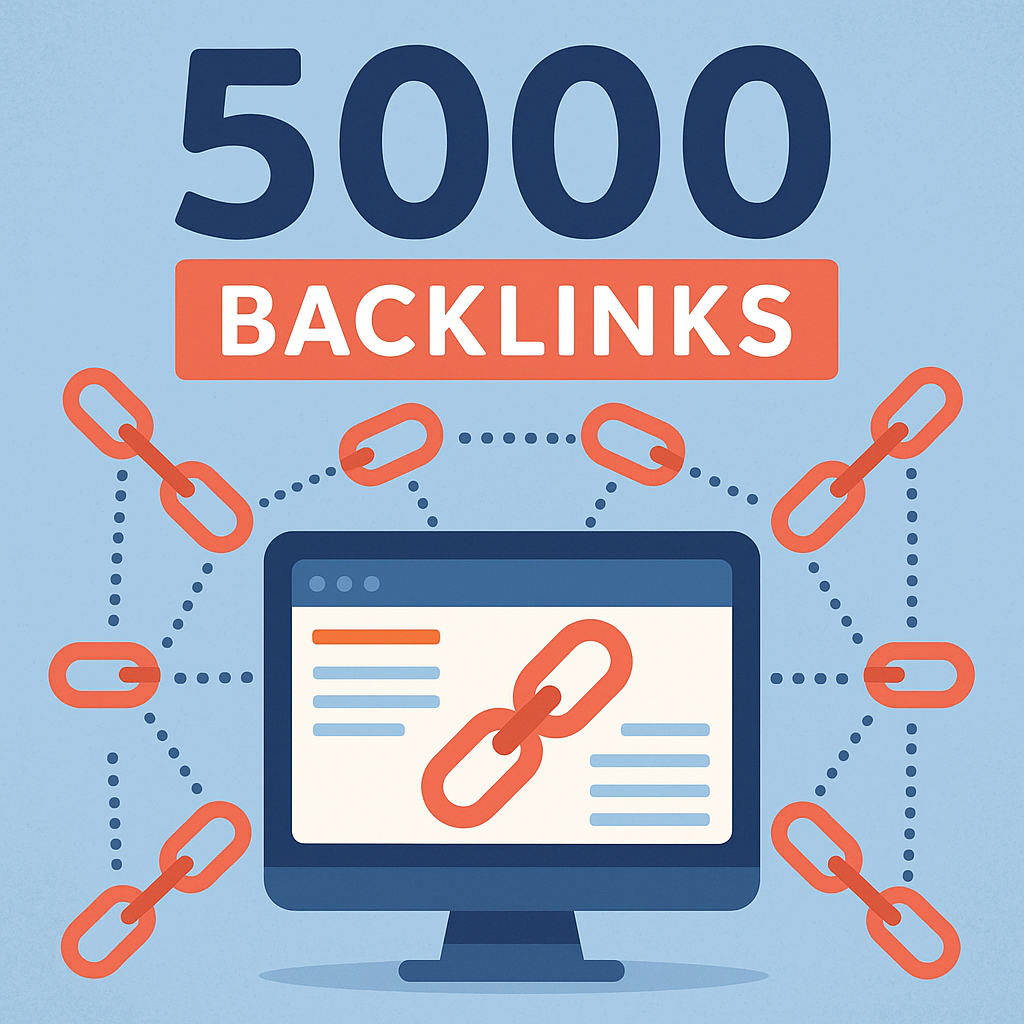
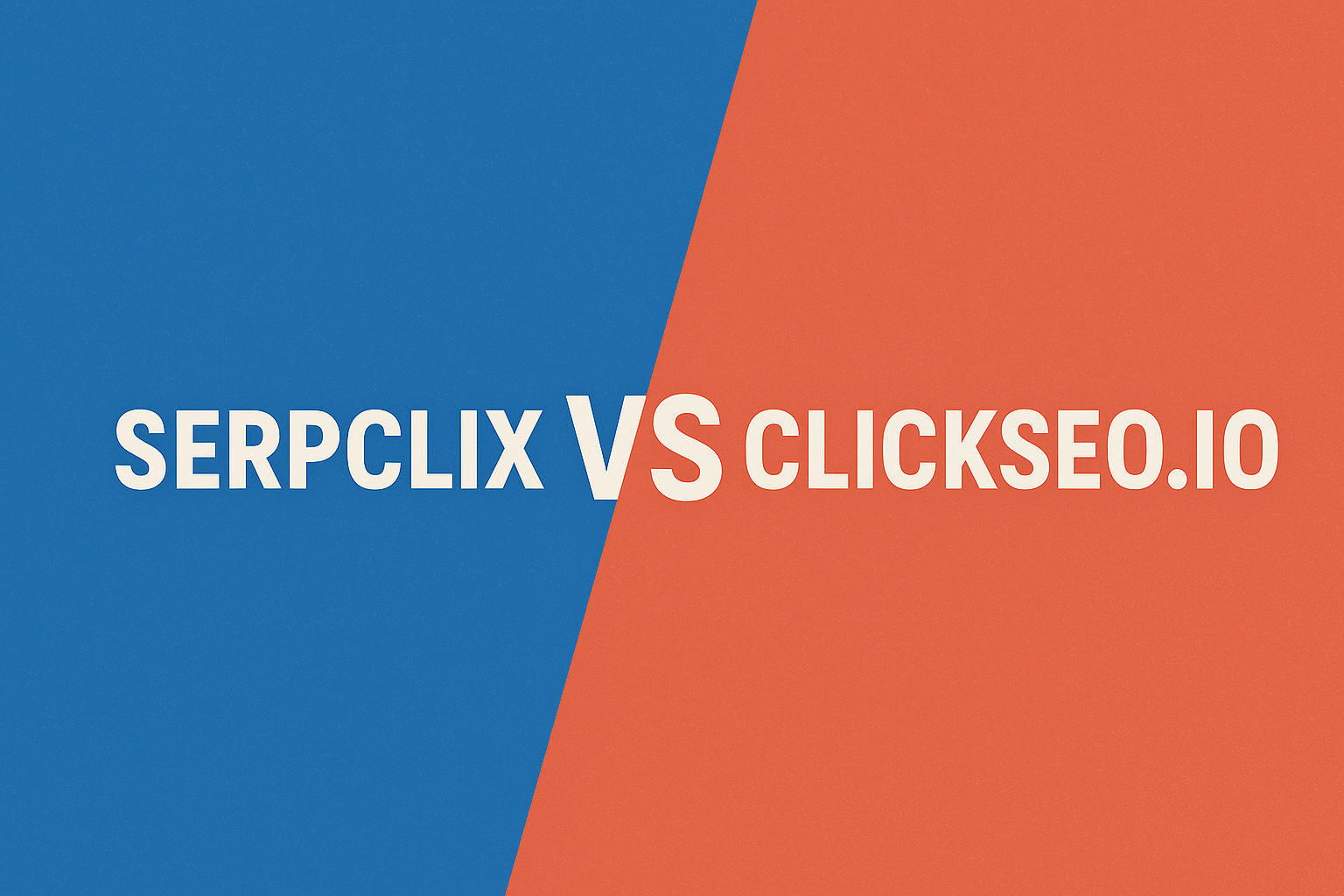

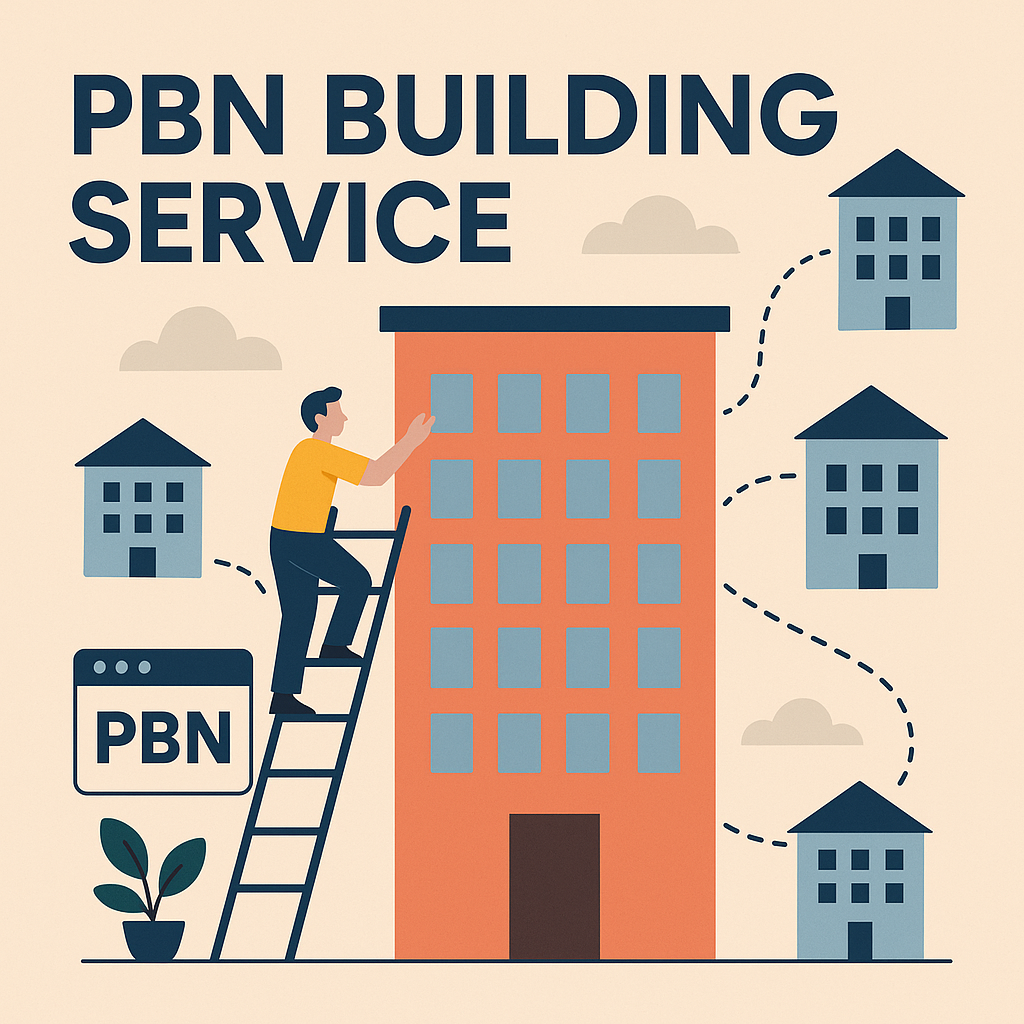
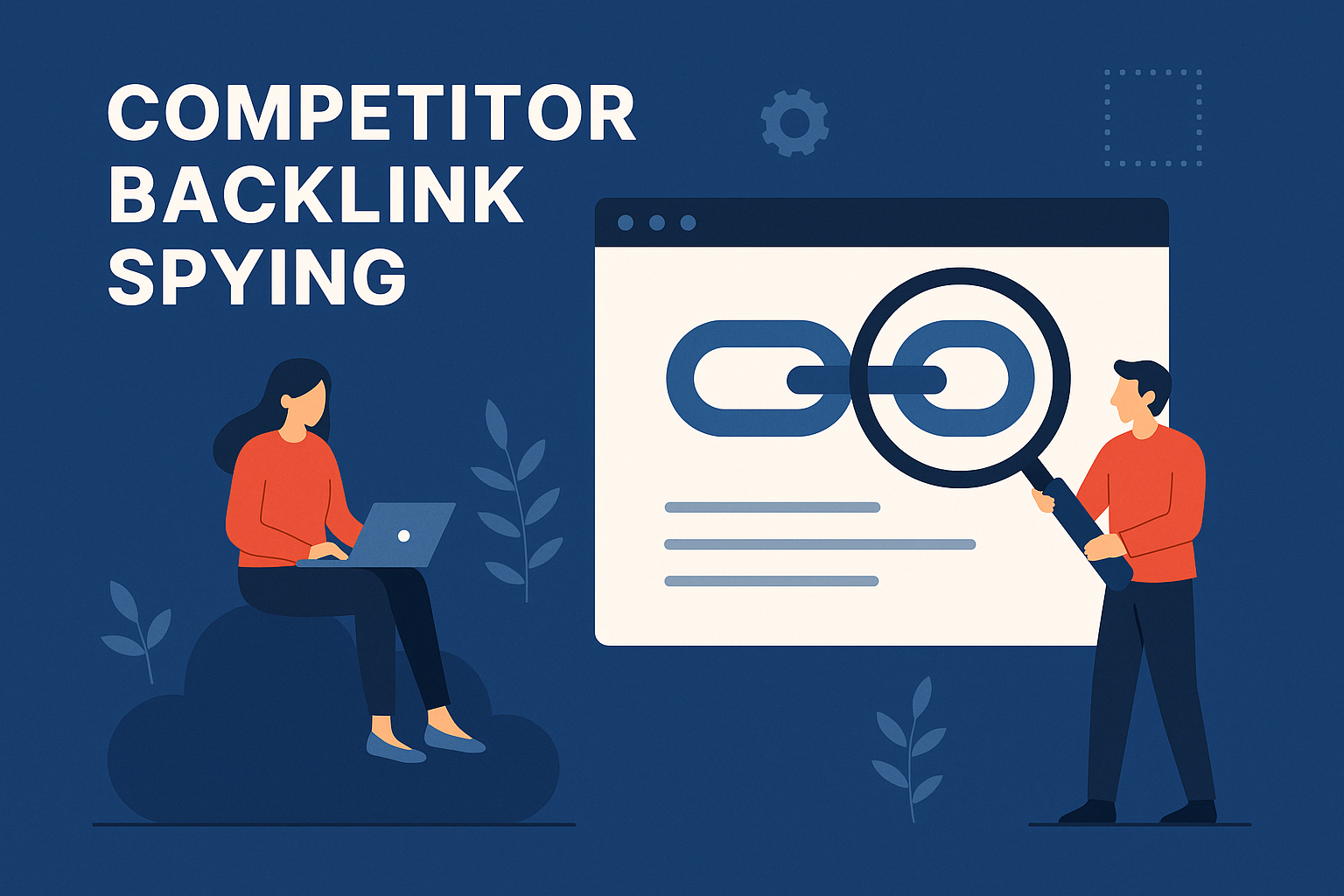

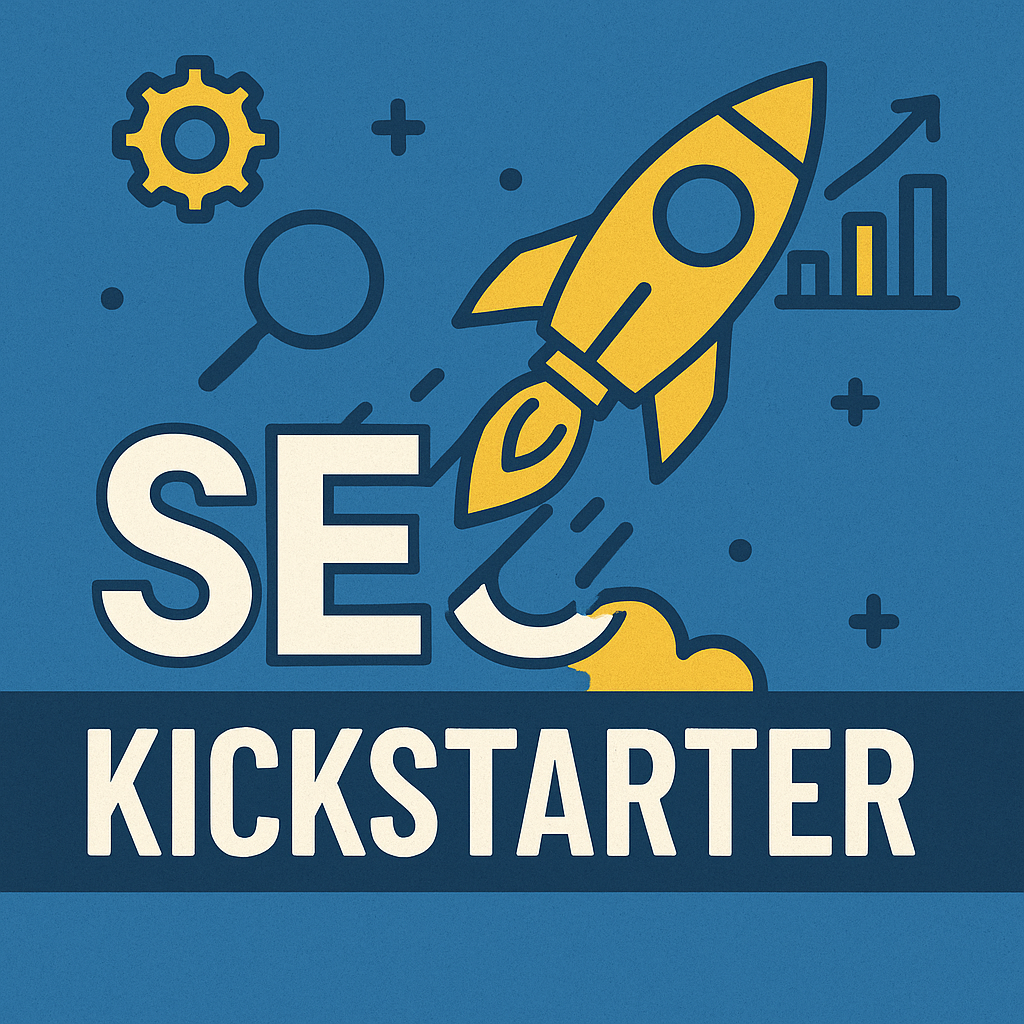
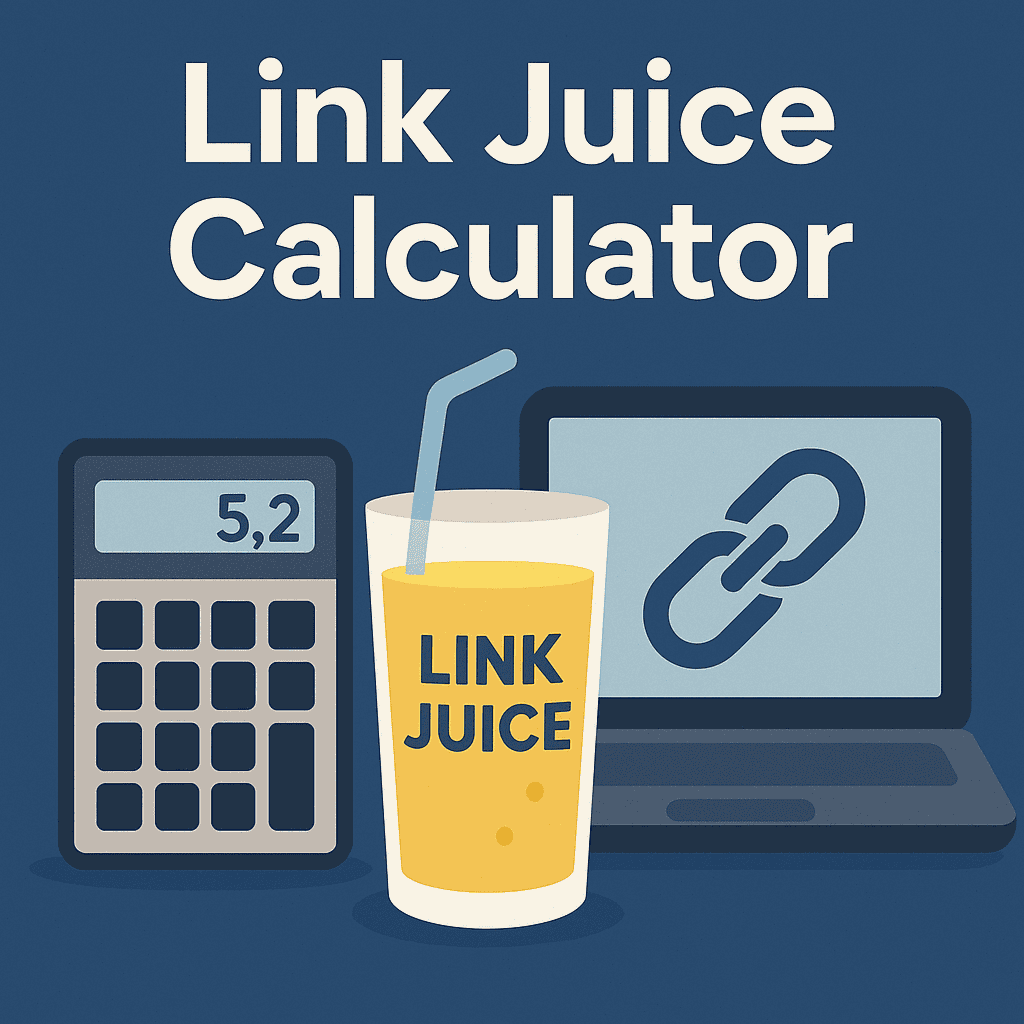
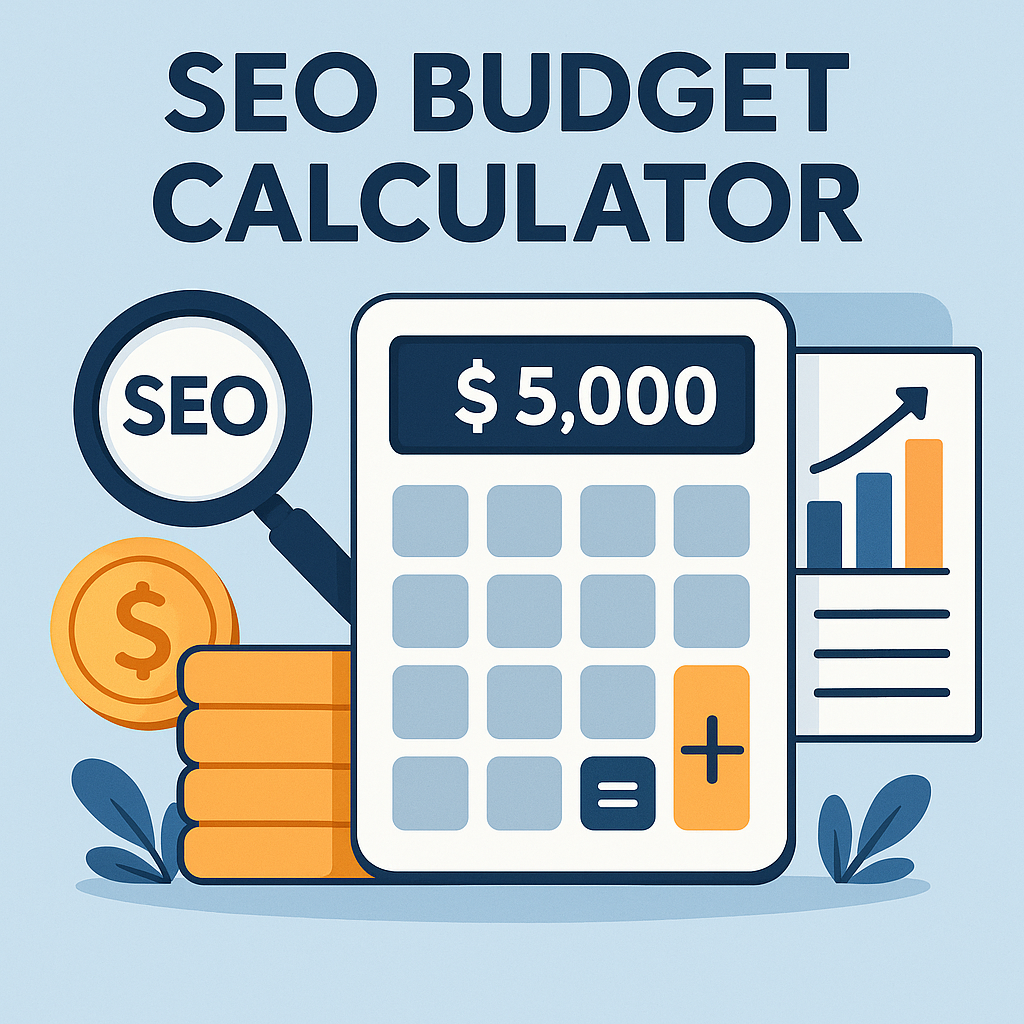

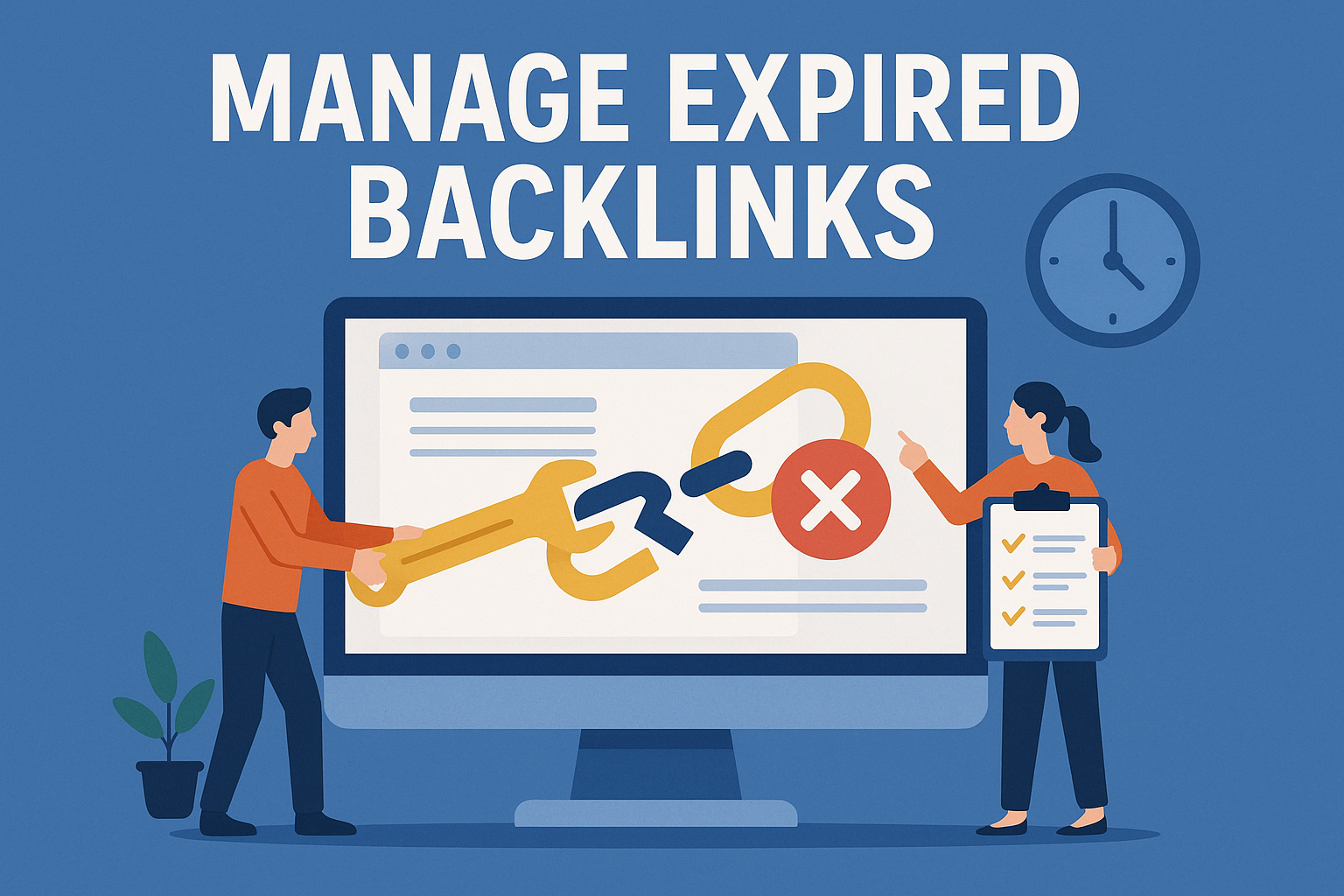
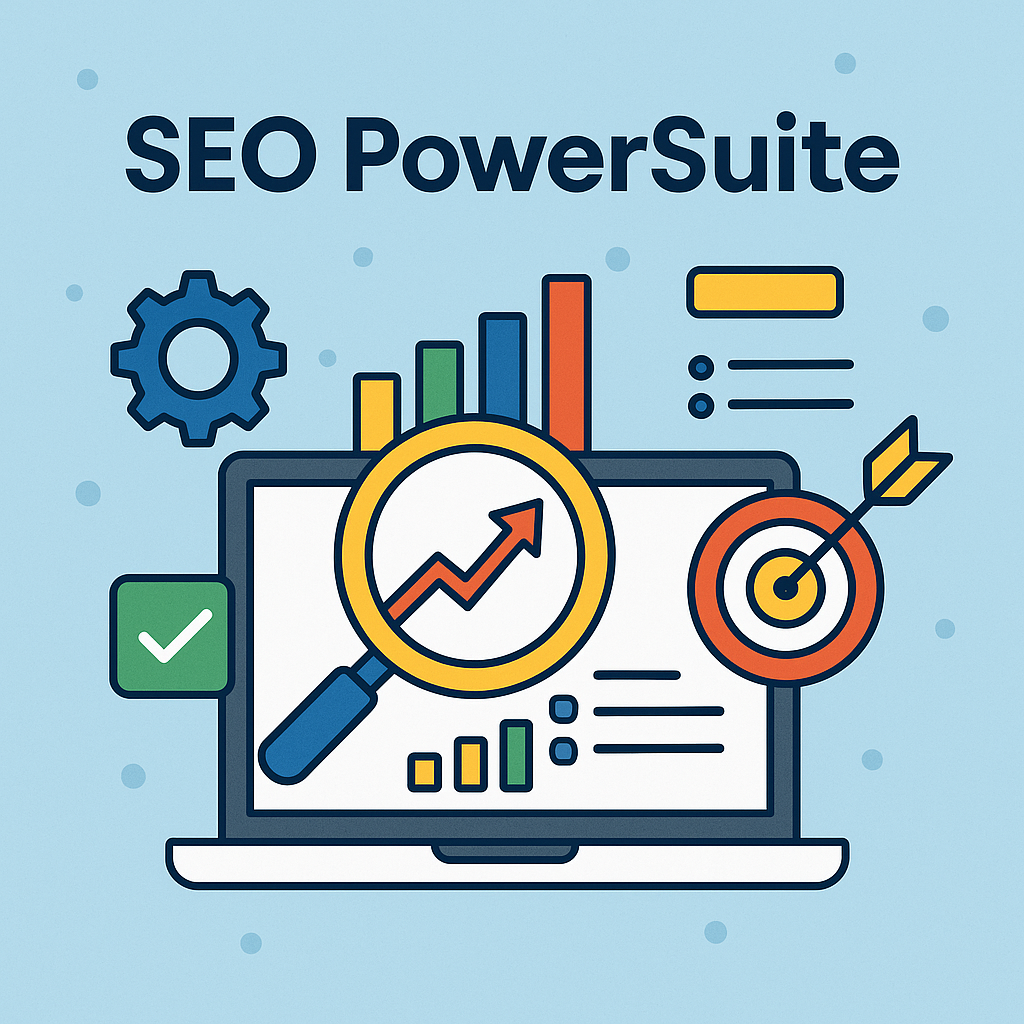
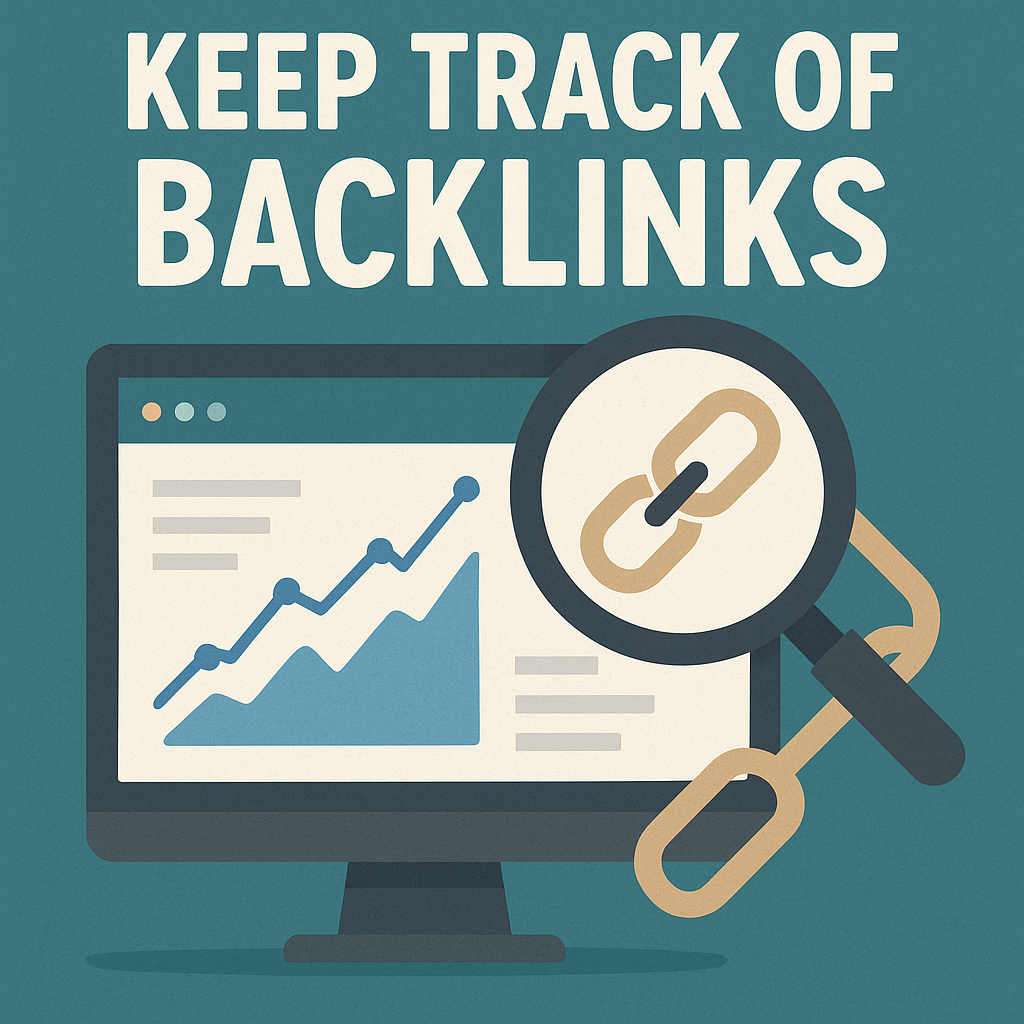
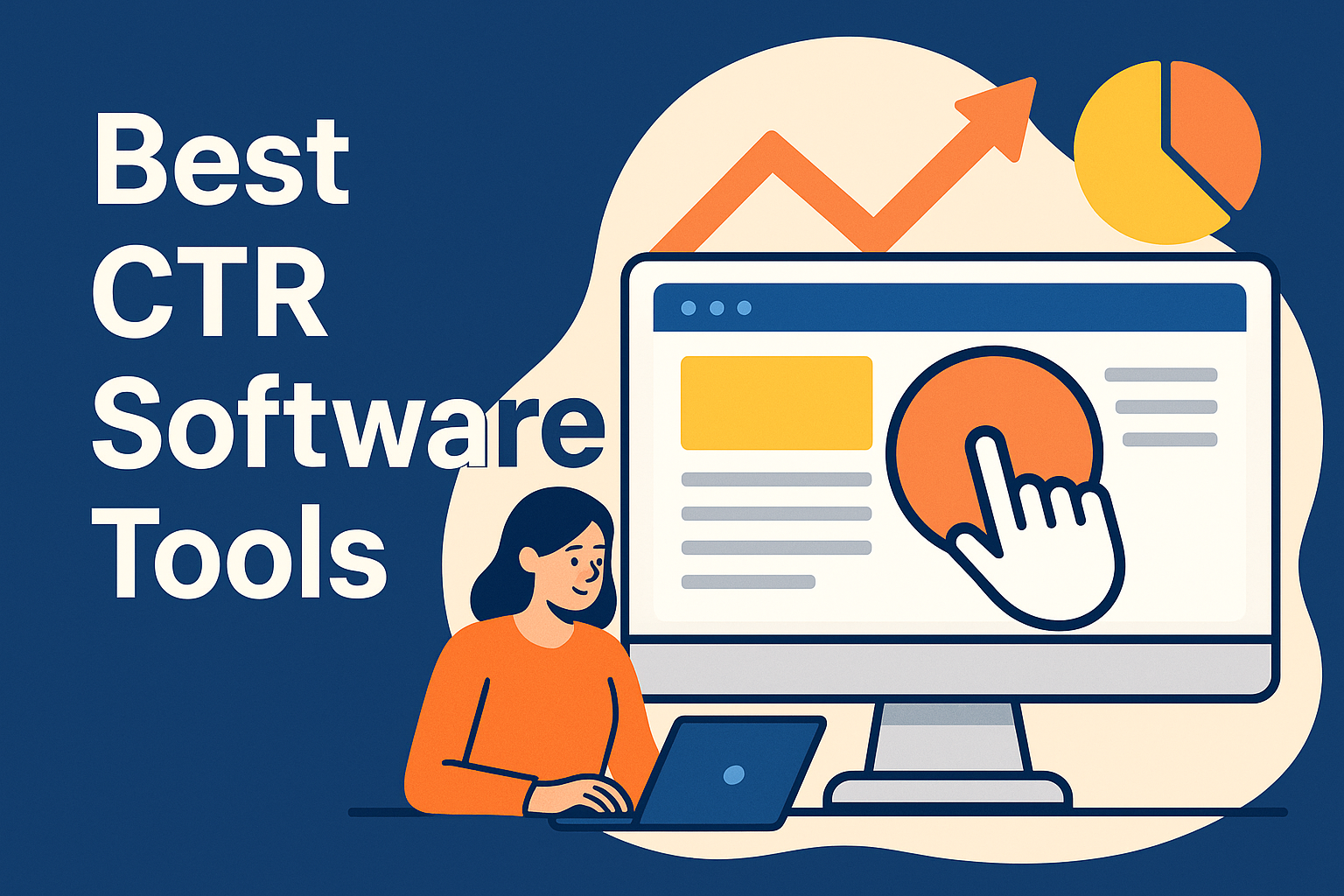
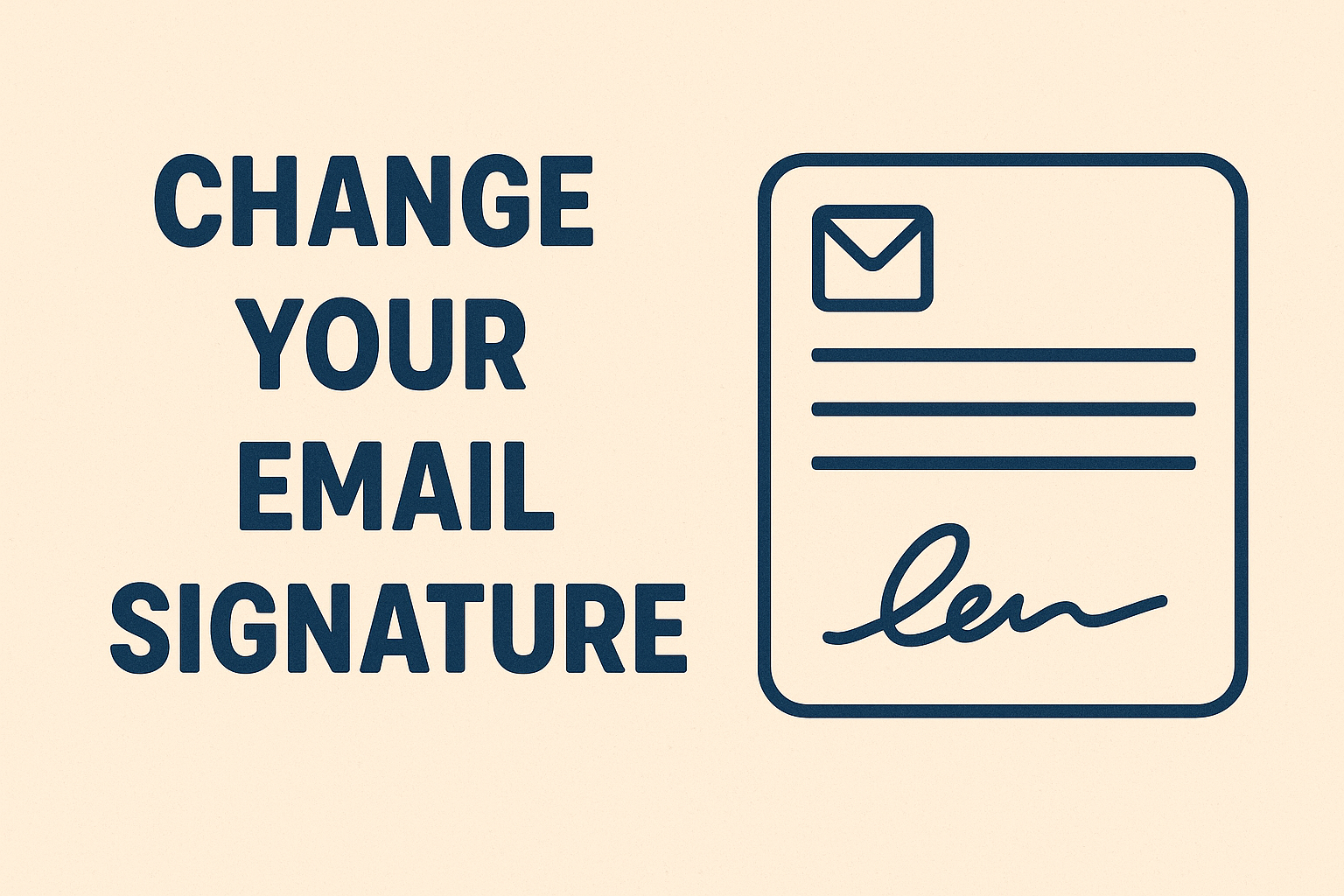
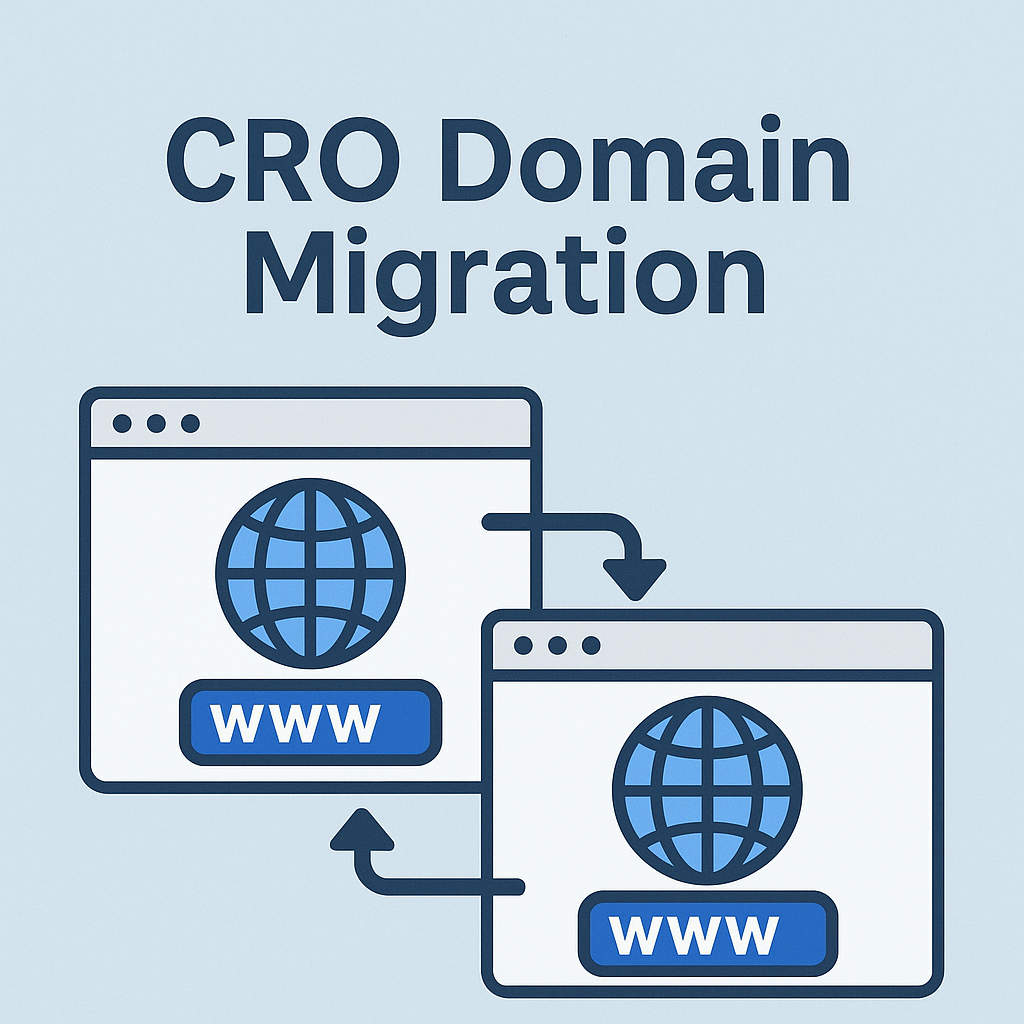


![Best Link Exchange Sites [Free & Safe] – Top 5 Picks](https://backlinkmanagement.io/wp-content/uploads/2025/04/Free-Link-Exchange.png)


